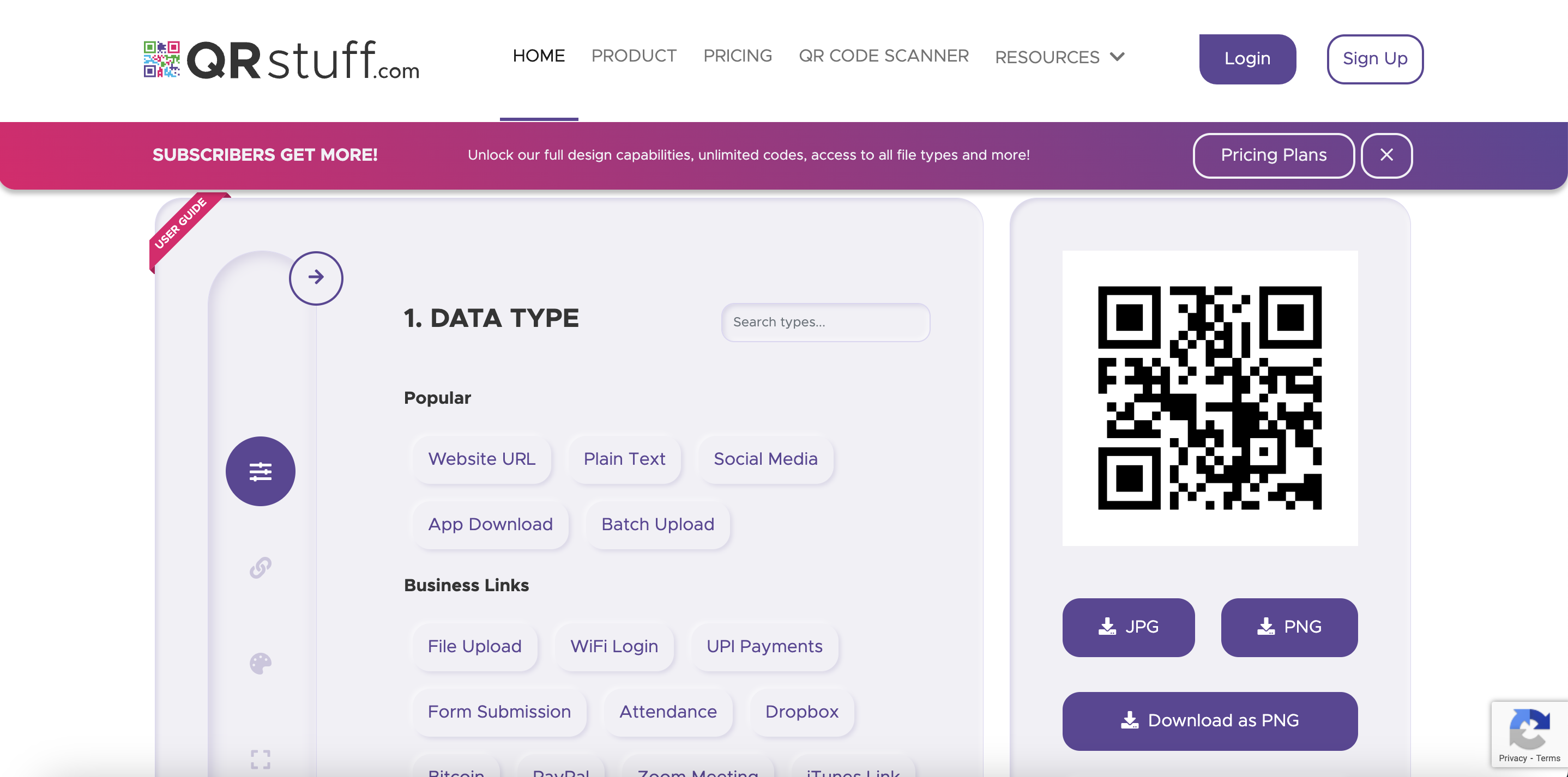Online learning and training have become an integral part of the education industry, with the involvement of many teachers, centers, and training academies. To attract and maintain the interest of learners, demonstrating the value of the courses you provide is crucial. They need to be able to address all the questions and issues that learners are facing.
In this article, I will guide you through specific steps to focus on. This is not a comprehensive and detailed article on what needs to be done, but you will get an overview of the process of successfully creating and selling online courses.
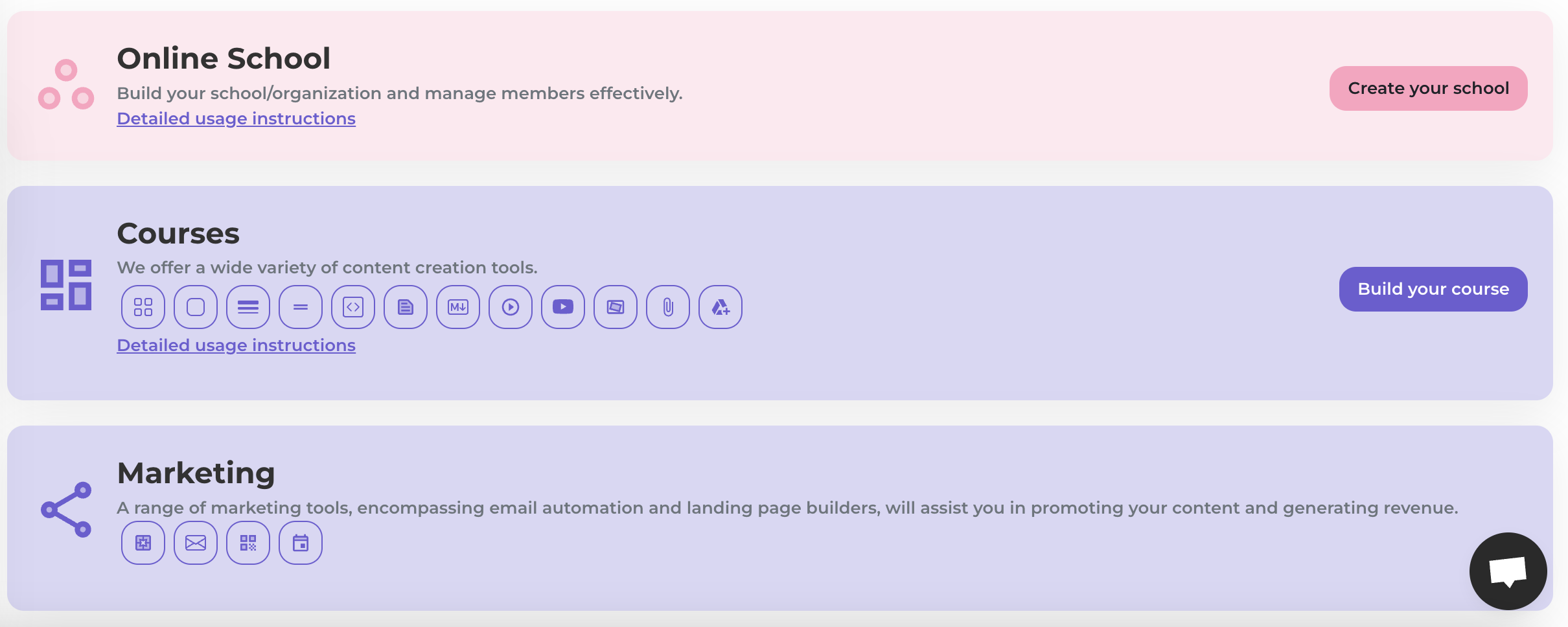
Before starting to sell courses, course creators often have many questions:
- How do I get started?
- How long does it take to create a course?
- What is the cost of creating a course?
- How can the course interact with users?
- How do I successfully sell the course to learners?
However, after considering the following steps, you will have a better understanding of the process of creating an online course, enabling you to leverage your knowledge for personal profit!
1. How to Create a New Course?
To create a new online course, you need patience, specialized knowledge or skills, experience, passion, and dedication, along with a reliable eLearning platform to help you organize your lessons. Remember that passion for your field of expertise will make this process easier for you.
2. How long does it take to create an online course?

The time required to create an online course largely depends on the amount of lectures and materials you already have. If you already possess materials such as PDFs, videos, SCORM content, live session recordings, and quizzes, you can simply upload them to eLearning platforms that support online course creation and organize them into a structured course. The key is to develop a structured and educational curriculum from the content you've uploaded.
Therefore, the duration will vary from person to person. If you're starting from scratch, try to identify the topic you want to teach, your strengths, and refer to some existing courses on the market. From there, you will understand how to structure and develop the teaching content for your own course and start building from there.
Choosing a reputable platform that integrates many supporting tools is a smart decision that can save you a lot of time and enhance your work efficiency. Instead of having to search for and integrate each tool individually, a reliable platform will provide a comprehensive solution, allowing you to focus on more important tasks and ensuring stable and effective work performance. This can drive your development and success in your work or project. CourseMind and some other online education platforms like LearnWord and Hoola might be the optimal choices for you at this stage.
You can create a quality course in just a few sessions if you have a clear idea of your curriculum. This makes creating an online course much simpler compared to self-hosting or uploading it to groups on Facebook or YouTube in a less professional manner.
3. How much does it cost to create an online course?

Before embarking on creating an online course, you need to carefully consider potential expenses. First, there are equipment costs such as microphones, video recording devices, and other technical tools. Next, there are expenses for materials if you want to invest in reference materials or a platform for selling the course. Additionally, you should also take into account marketing expenses to reach your target audience, as well as opportunity costs – the time you need to invest in creating and managing the course. However, for those who see this investment as an opportunity to share knowledge and earn future profits, these costs can be seen as a valuable and sustainable investment.
Among these costs, platform fees are the easiest to compare. Currently, most online course platforms charge monthly fees ranging from tens to hundreds of dollars, depending on your needs and scale, with various supporting features. For example, you can use some popular platforms in Vietnam such as CourseMind, Edubit, Hoola, Daymai,... or create videos without significant investment. However, some people invest heavily in producing professional videos, creating SCORM files, and producing high-quality content. What matters most is the quality of the course you create.
If you have limited budget or aren't ready to invest heavily when you're unsure about the revenue potential of your course, you can consider looking for platforms that offer free trials or payment only after you've successfully sold your course. In the case of wanting to try before paying, you can use the free 2-month trial at CourseMind. Afterward, if you're not ready for monthly payments, you can choose the "Share revenue" program offered by CourseMind or some other foreign platforms: You'll only need to allocate around 10% of your revenue to the platform when you successfully sell your course.
4. How to Create an Interactive Online Course?

To create an interactive online course, you need to plan for interaction with your students while developing the content. Researching and determining these interactions should be part of your planning process. Firstly, your lecture slides should be creative and engaging to capture the interest of your students. Secondly, your presentation should be lively, creative, incorporating stories, and encouraging student interaction throughout the learning process.
Additionally, you can use small quizzes after each lesson to help students interact with the content and review what they've learned. Furthermore, you can include small questions during your lectures to maintain engagement and receive feedback from your students. In this aspect, you should seek platforms that support maximum interaction with your students, such as discussion forums below each lecture, assignments, quizzes, or systems for emails and reminders. These tools will not only facilitate interaction but also save you a significant amount of time and effort.
For reference, you can explore a highly interactive course here: Link
5. How to create a profitable online course?

To create a profitable online course, you need to research and understand your target audience, cater to their interests and needs, and propose a course that addresses a specific problem or provides value to them. Your course should:
- Solve a specific problem for the learners.
- Teach new and valuable information.
- Help learners achieve their goals.
Ensure that your course meets these criteria to attract and retain learners, ultimately generating profit for you. Additionally, consider creating long-term value for your learners, enabling them to become loyal and long-lasting customers.
Choosing the right eLearning platform is crucial and one of the key factors in the success of selling online courses. It not only affects the learners' experience but also impacts the management and development of your courses.
A good eLearning platform should have essential features such as:
Landing Page Support:
A high-quality landing page can make an initial impression on viewers and encourage them to sign up for the course. The eLearning platform should allow you to easily create and customize a landing page to present course information attractively.
Quick and Easy Course Creation:
The course creation process should not be overly complicated. The platform should provide tools to help you create course content and structure quickly and conveniently.
Diversify Learning Materials:
An effective course should offer a variety of learning materials such as videos, lectures, exercises, quizzes, and reference materials. The eLearning platform should support multiple content formats to make the learning process more engaging and diverse.
Optimize Interaction with Learners:
Interaction between instructors and learners is crucial. The platform should have features to support online discussions and send notifications to maintain learner interaction and engagement.
Track Course Progress:
To provide effective support and feedback, you need to monitor the progress of each learner. The eLearning platform should have learner management tools and progress tracking capabilities.
Reasonable Cost:
Finally, the cost of using an eLearning platform is also an important factor. Consider the financial cost to ensure it fits your budget while still providing the necessary quality and features.
Carefully considering these features and choosing a suitable eLearning platform can help you optimize the process of creating and managing your online courses, while ensuring that learners have the best learning experience.
7. Execute Continuous Marketing Campaigns

There are hundreds of tips on the internet about digital marketing, and all of them have the potential to help you promote your online course.
The most important thing is to understand how a digital course sales funnel works. Selling online courses requires creativity and the use of various strategies to increase conversion rates:
- Offers and Discounts: Provide incentives such as coupons, discounts, and course bundles to encourage course purchases.
- Email Marketing: Utilize email marketing to reach and engage with your target audience.
- Social Media and Facebook Advertising: Make the most of social media platforms and Facebook ads to create appealing advertisements for your target audience.
- Reviews and Testimonials: Gather reviews and testimonials from satisfied students and use them to convince others.
- Collaborate with Partners and Influencers: Find ways to collaborate with businesses, companies, and influential individuals in your field to expand your marketing network.
- Content Marketing: Produce valuable content through your blog or website to attract traffic.
- Affiliate Marketing: Build an affiliate marketing network to partner with other affiliates to promote your course.
However, the most crucial aspect is that you need to have an ongoing strategy to promote your course and attract new students. Additionally, consider other aspects of business management to ensure the success of your course. Nowadays, most platforms provide ample support for course promotion, including features like detailed information, QR codes, events, discount codes, and more. So, there's no need to worry too much if you don't have much marketing experience.
Starting the journey of creating a profitable online course tailored to you
Teaching a subject you are passionate about and knowledgeable in opens up numerous fantastic opportunities for personal and career growth. It also allows you to build a personal brand, share values, and connect with people from all around the world every day!
Now that you have an overview of how to create and market a valuable online course to grow your target audience and generate passive income, let's take the next step and begin the practice, laying the first bricks for this journey.
CourseMind has supported many customers in creating online courses, building and developing their businesses on the platform. With deep insights into customer needs and an understanding of learners' desires, CourseMind has developed necessary, user-friendly, and effective features to help educators create and sell courses on their websites easily and optimally. Check out how a course is created and becomes a source of revenue on CourseMind.
1 - Register for a free 2-month trial at: https://coursemind.io/?lang=en
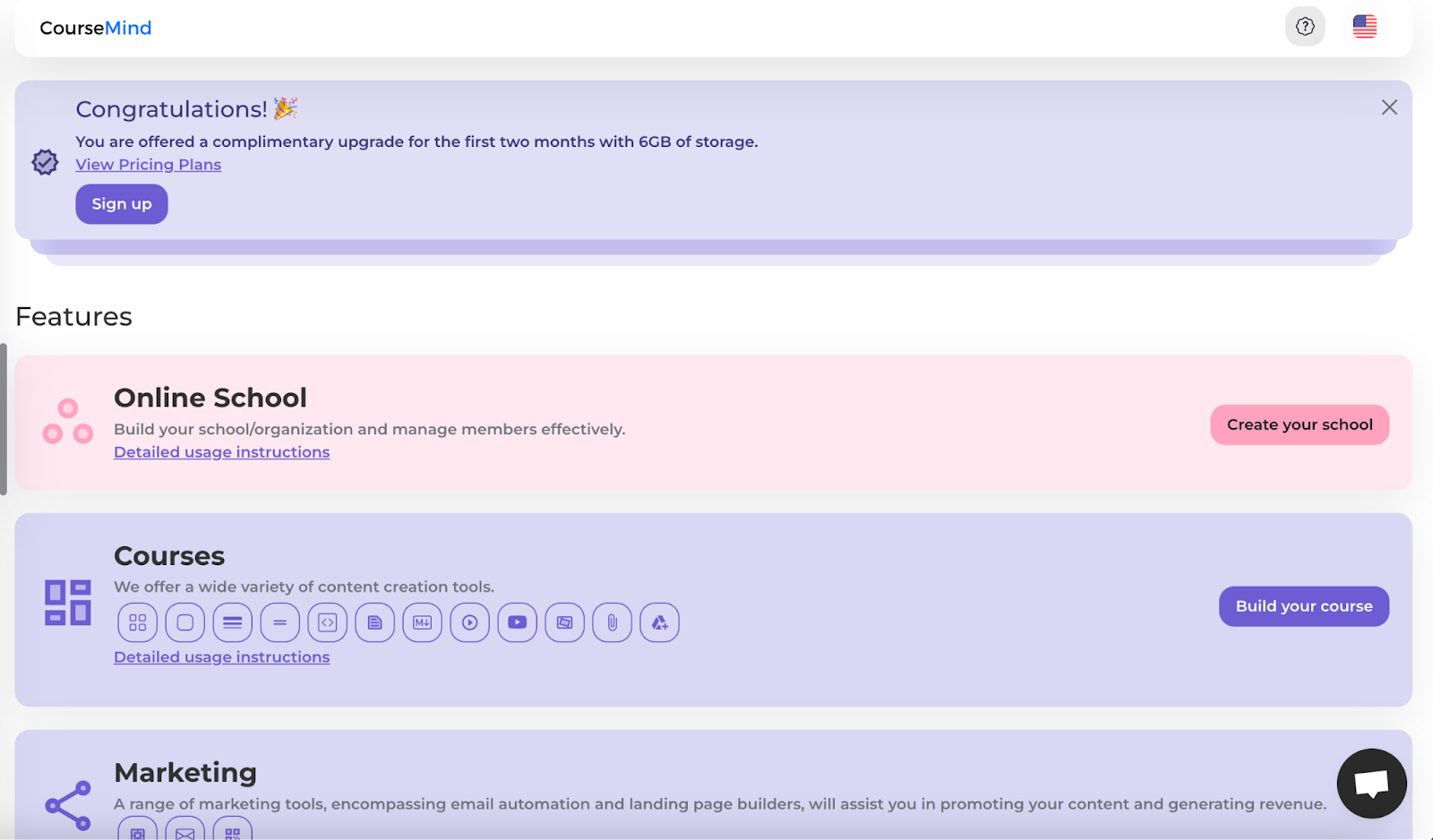
2 - Create an organization (if you have a center or educational institution) and build a landing page for promotion: https://coursemind.io/organization
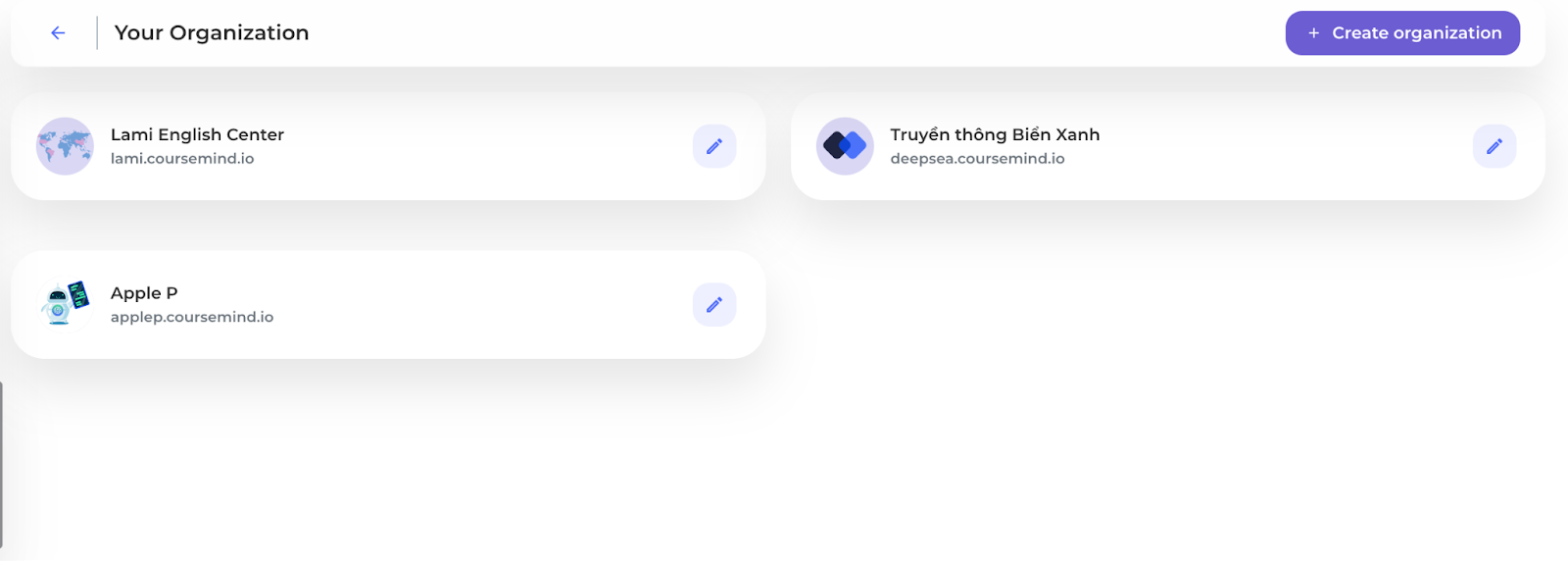
3 - Create courses using various support tools (over 10 different types of learning materials, user-friendly drag-and-drop interface): https://coursemind.io/?lang=vi
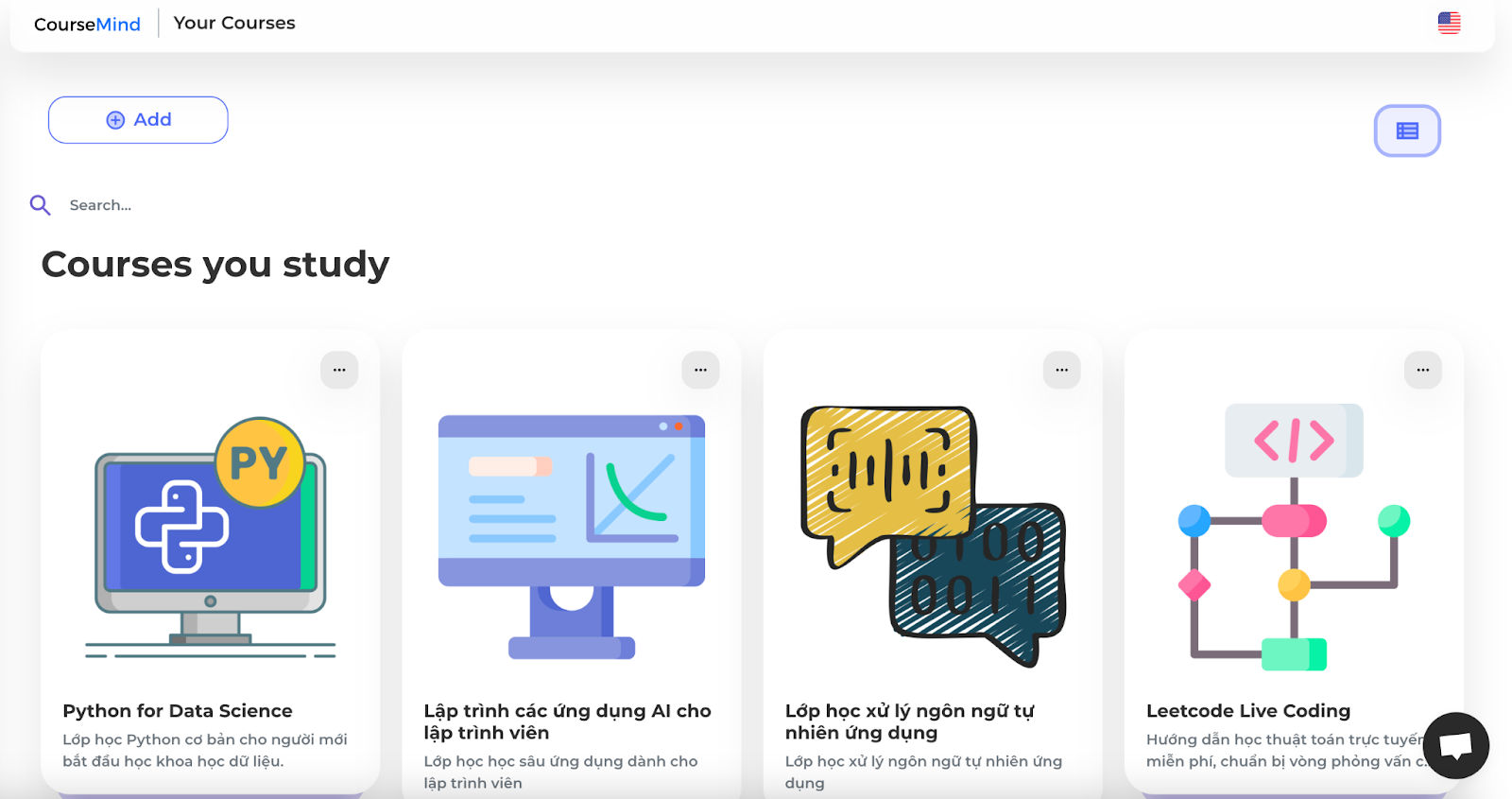
4 - Create events or promotional activities for your course: CourseMind Events
Operate your classes and generate unlimited revenue.
So, you now have a general overview of the necessary activities to create an online course and start a profitable business. Build a plan that suits you and seize the opportunity to start your business. Best of luck!

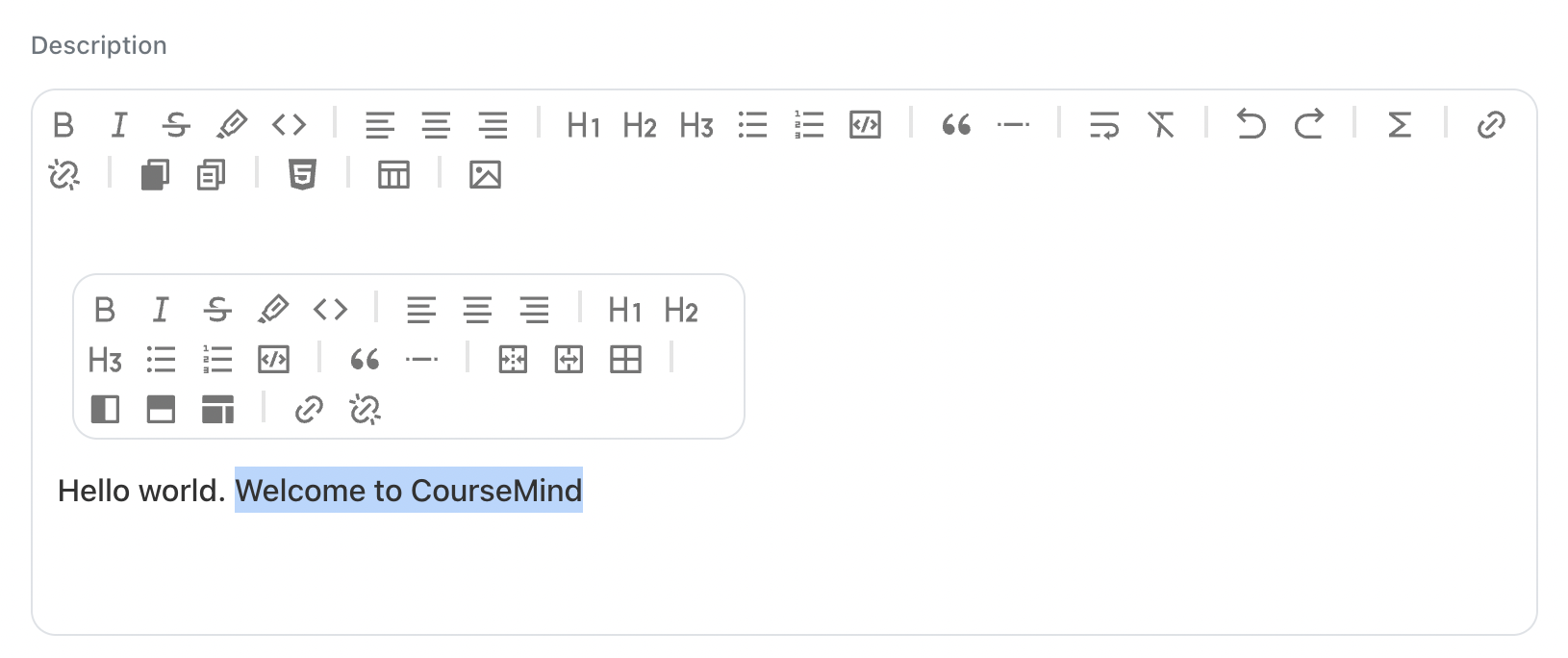
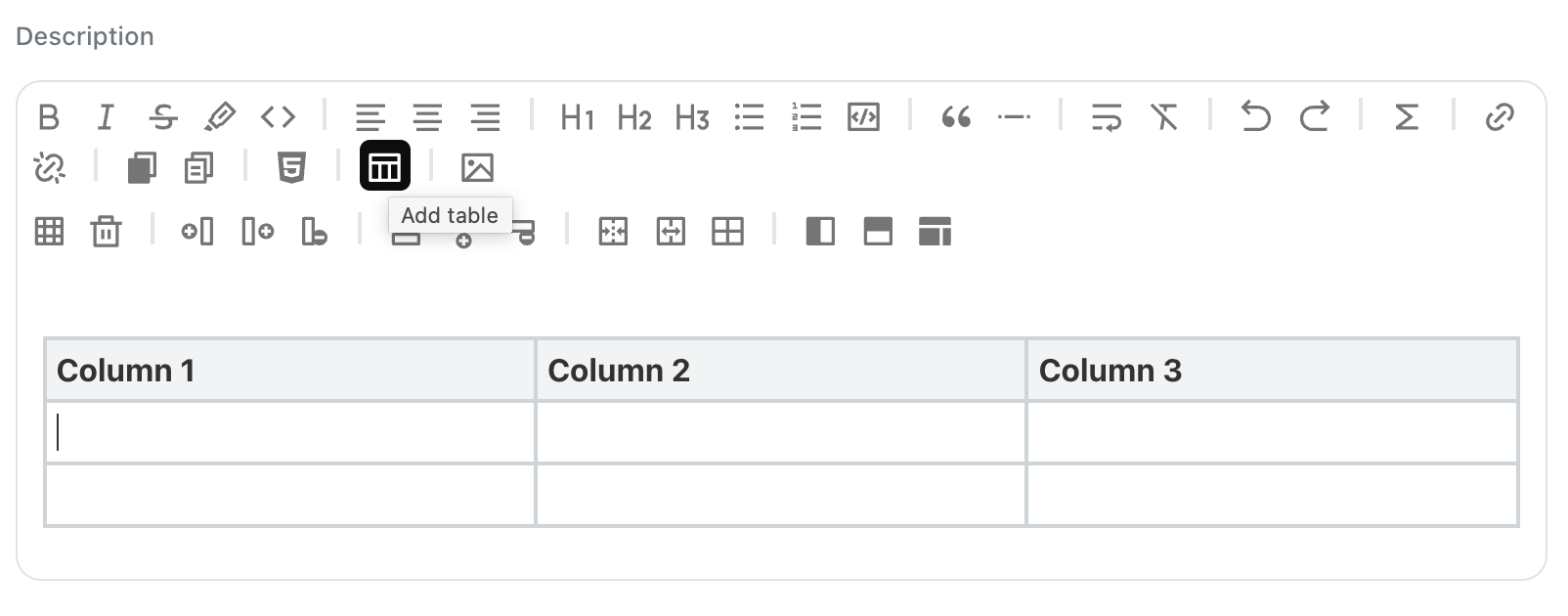

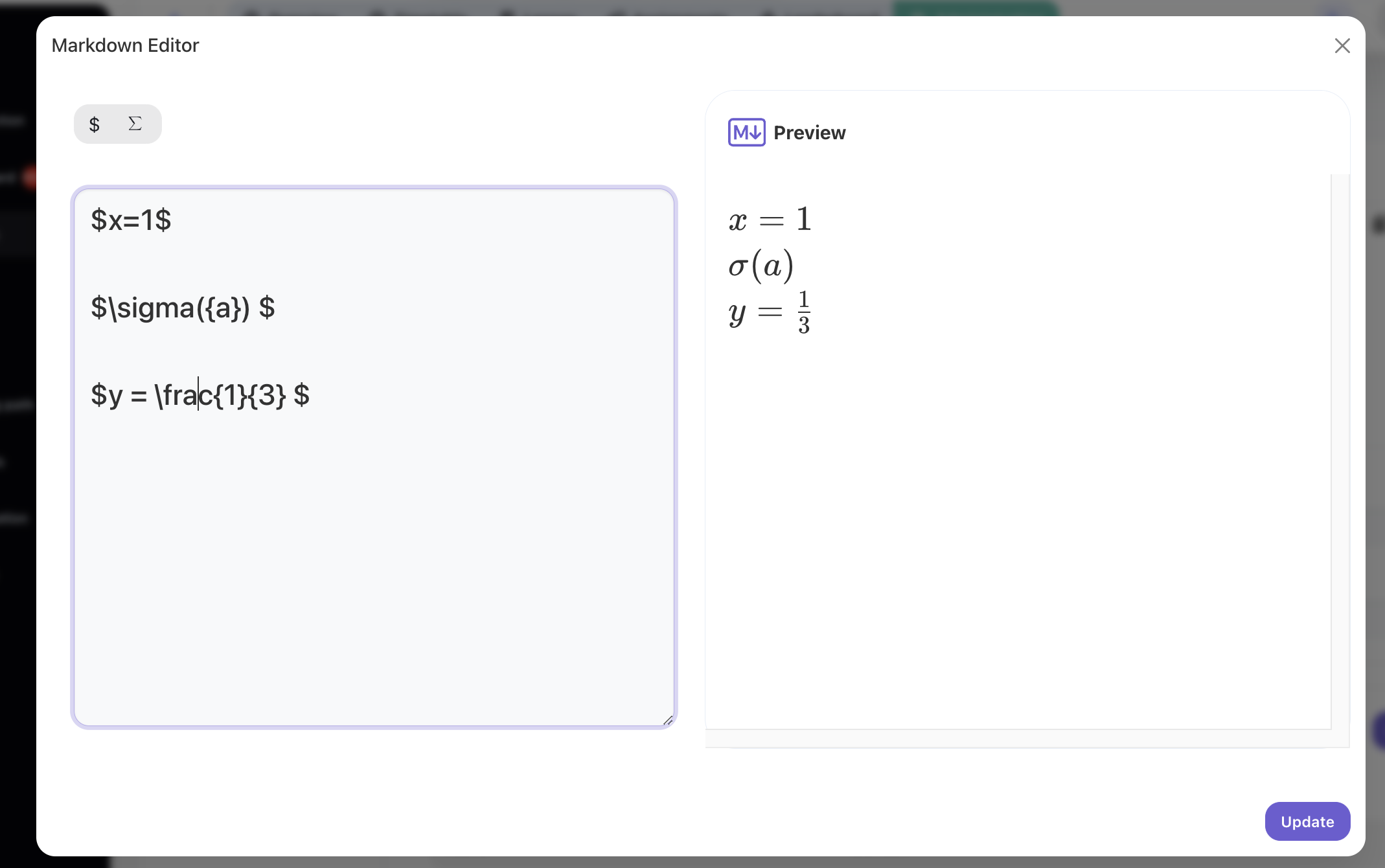

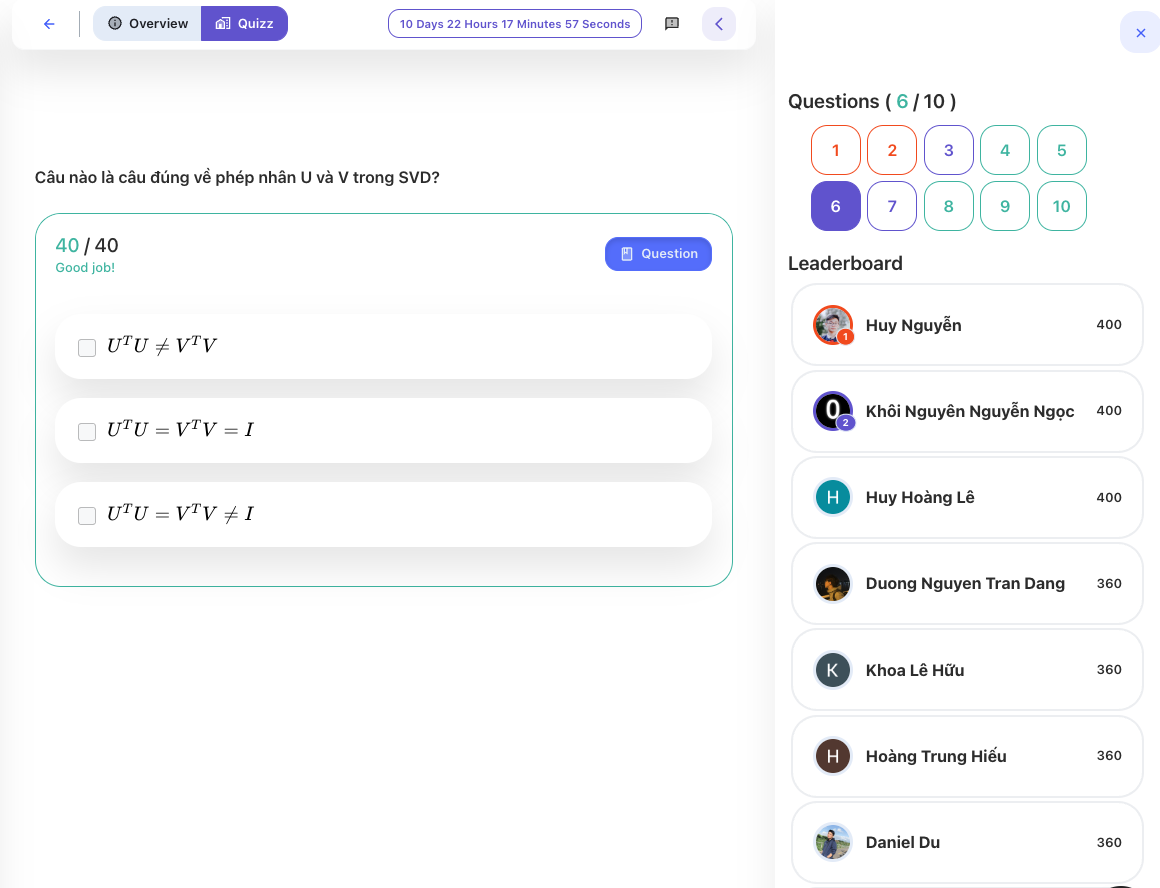


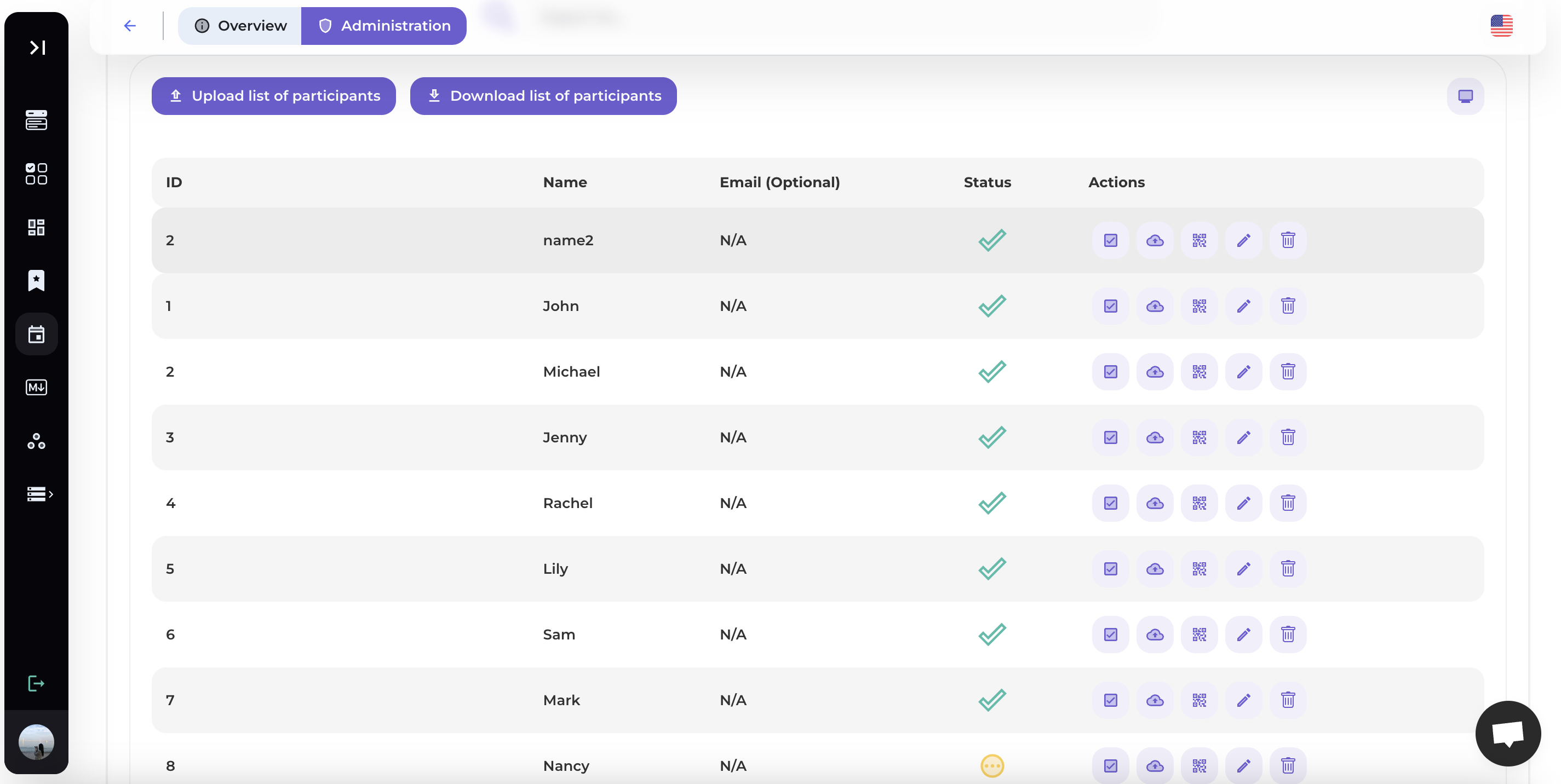
.png)
.png)
.png)
.png)
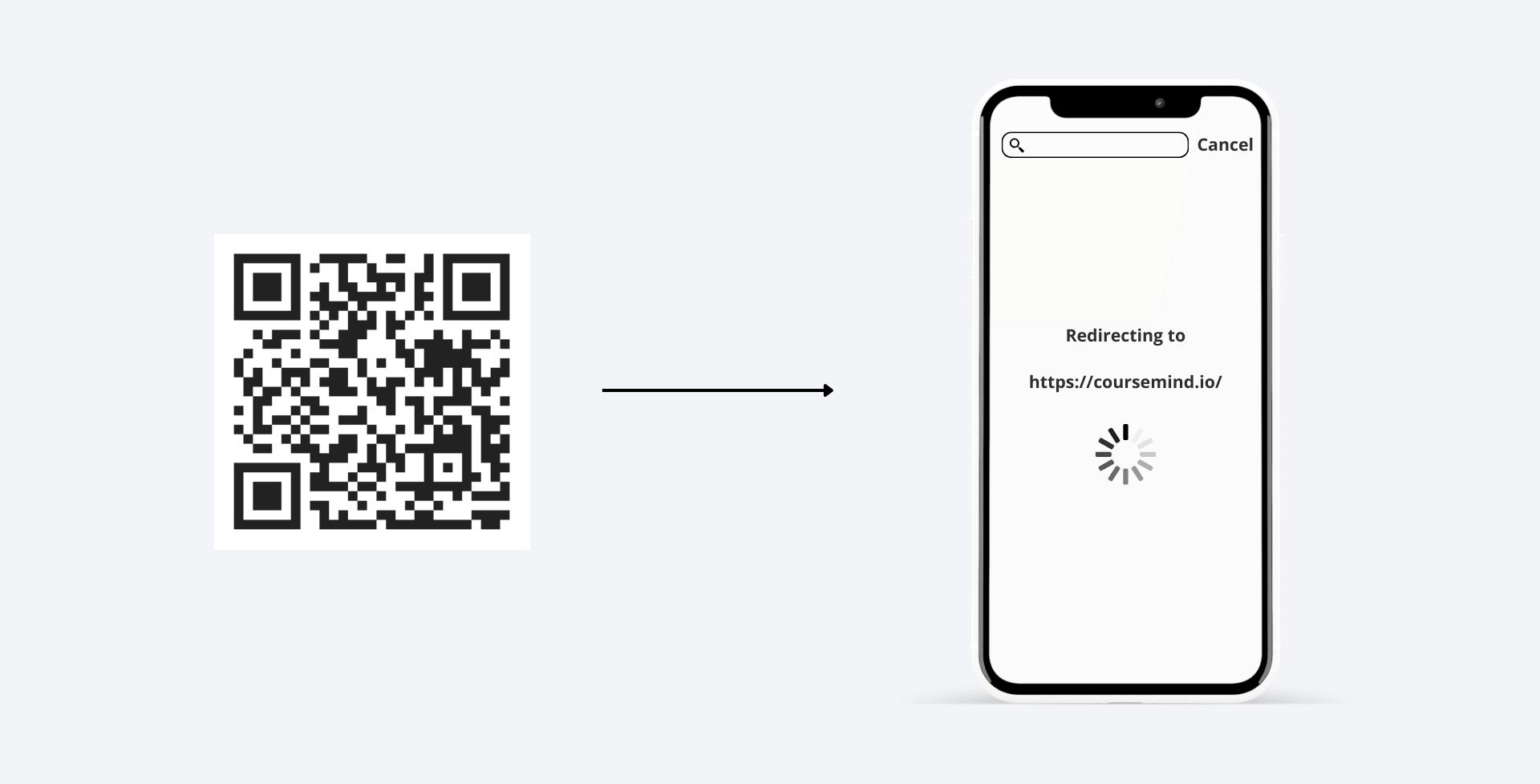
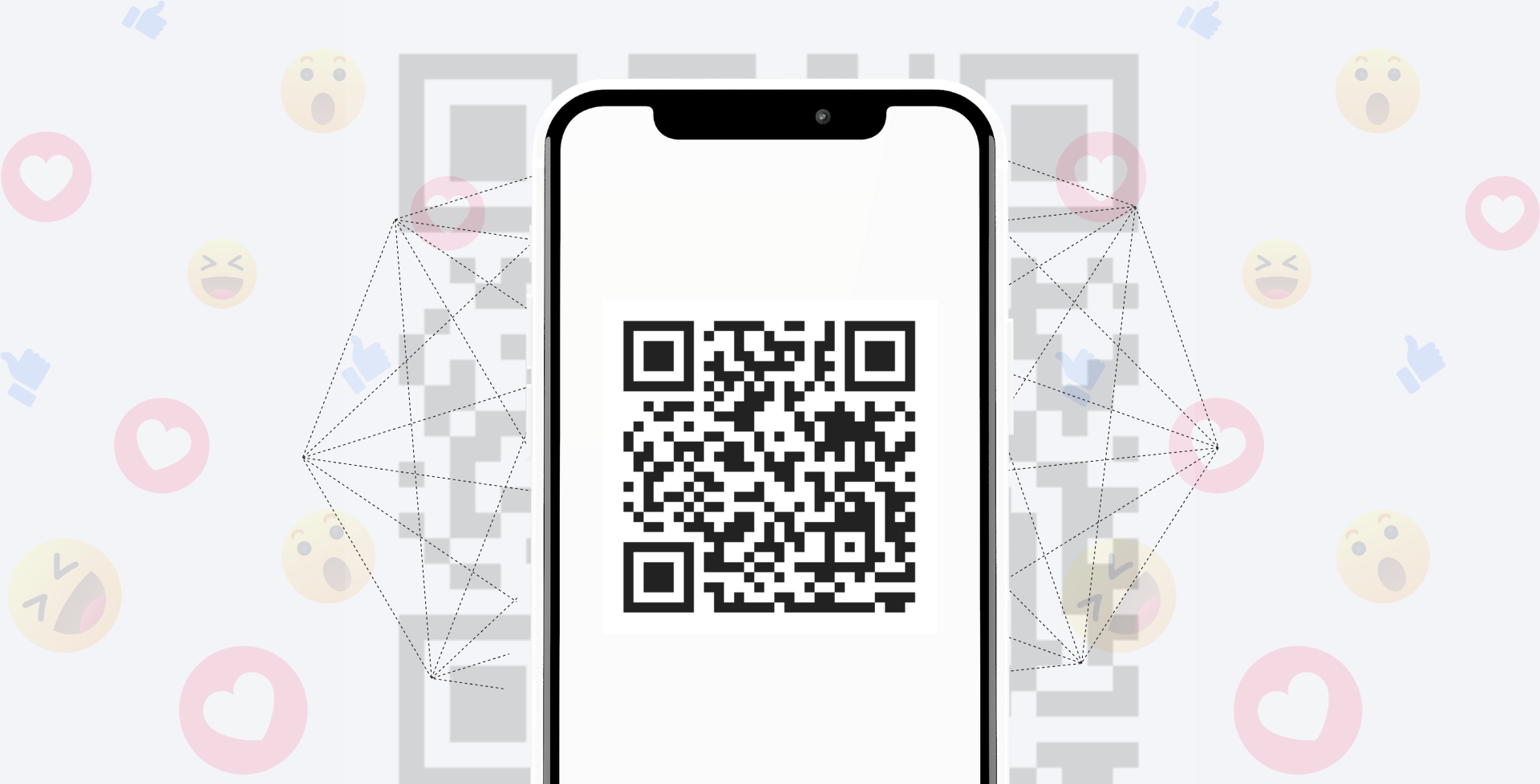
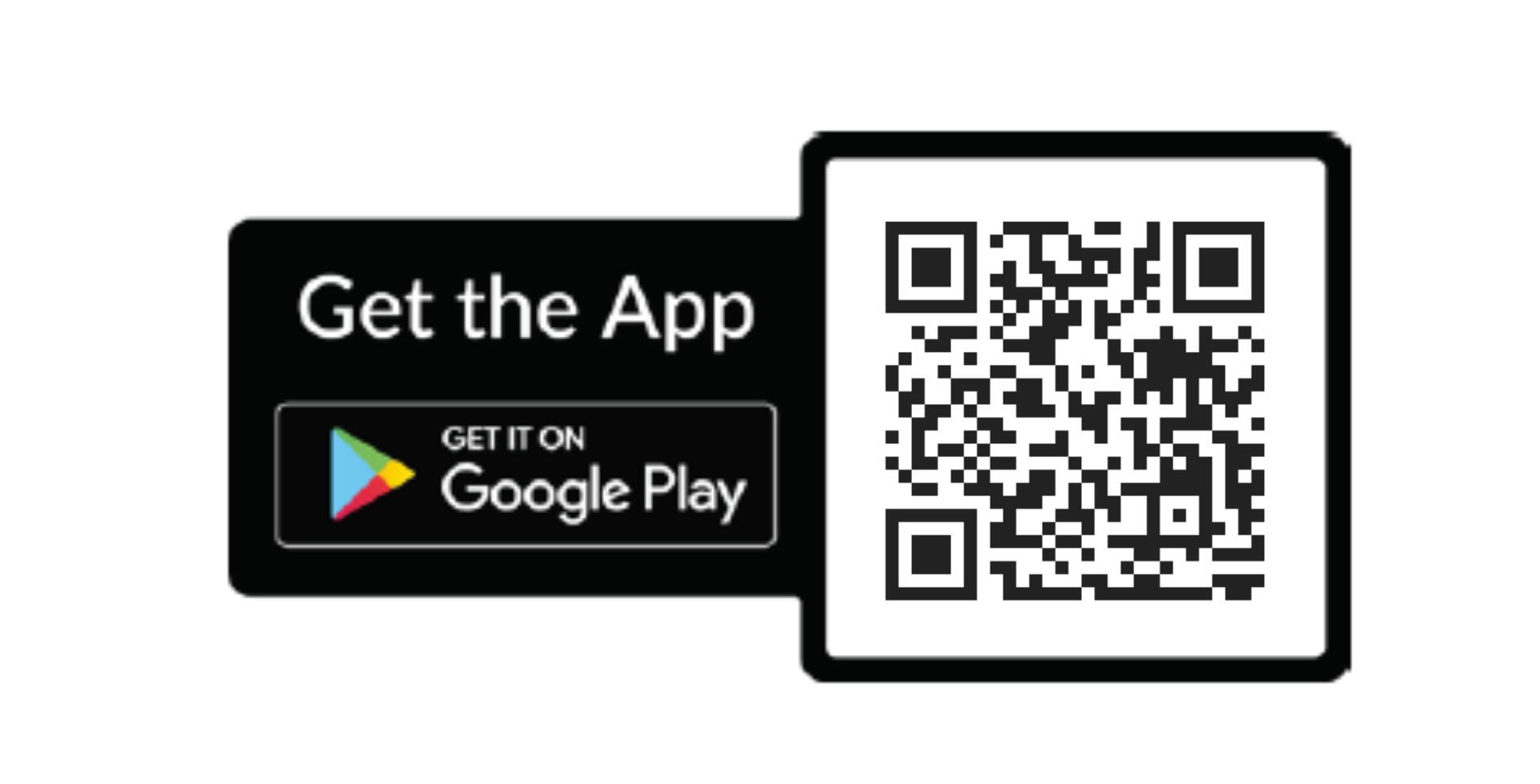
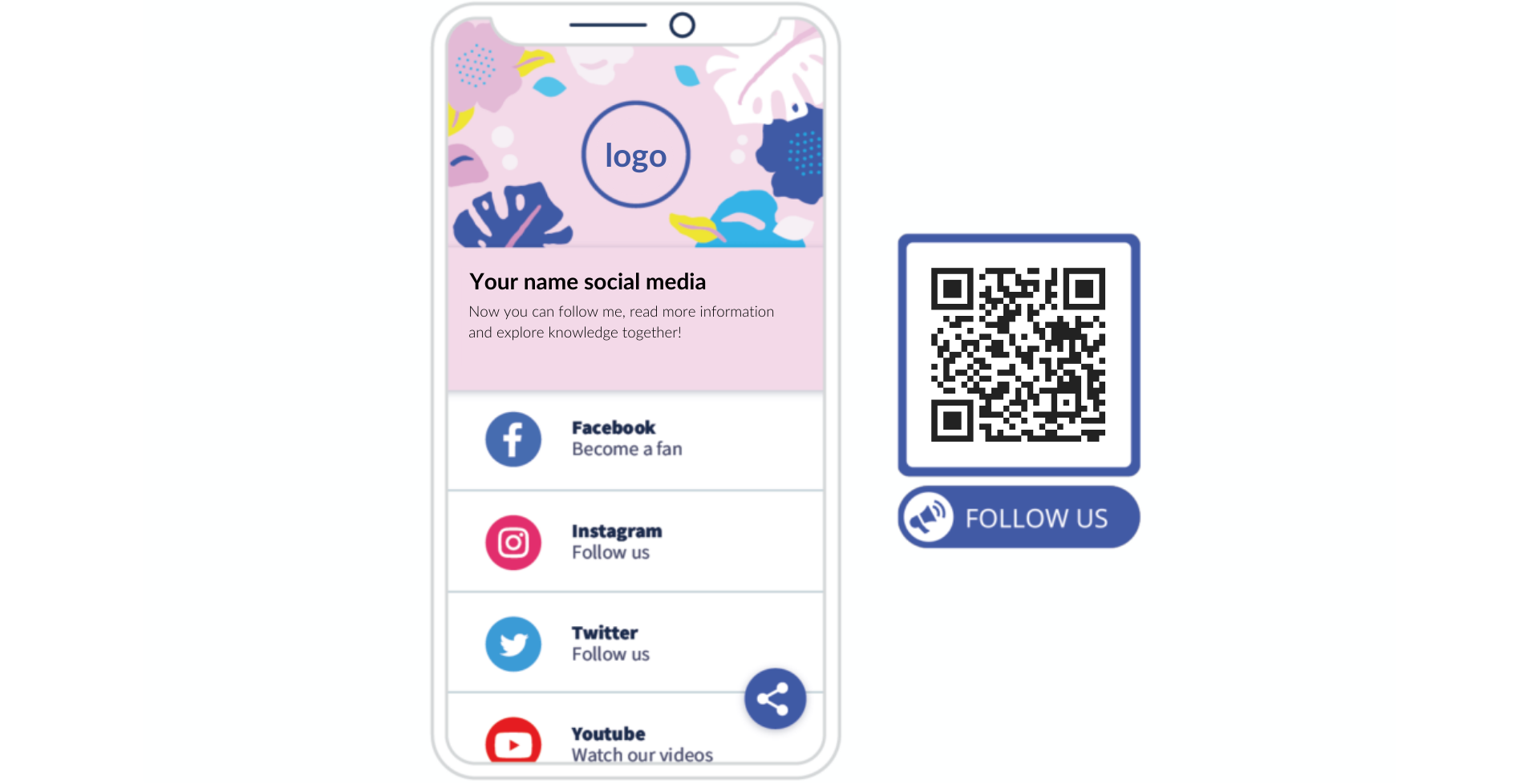
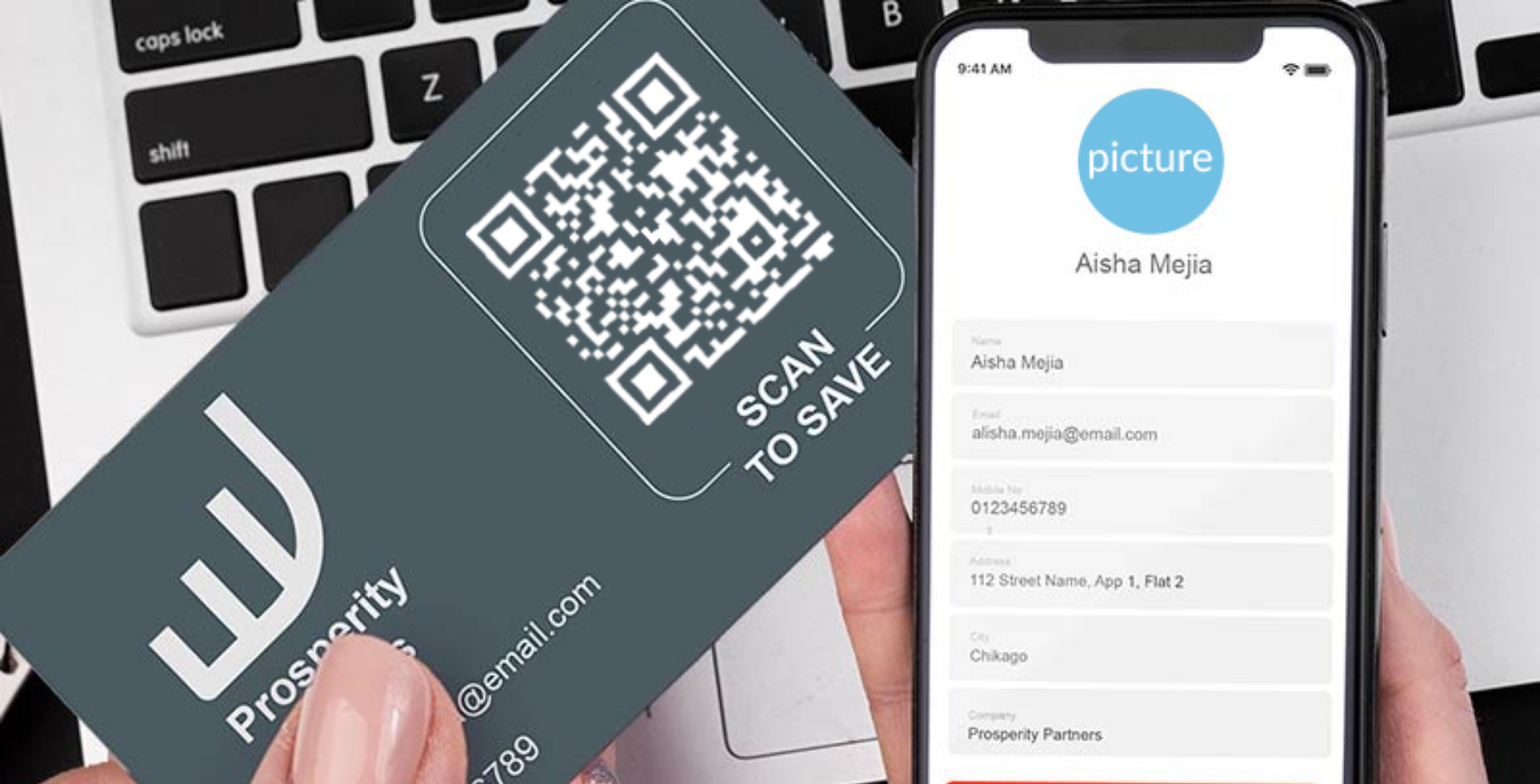
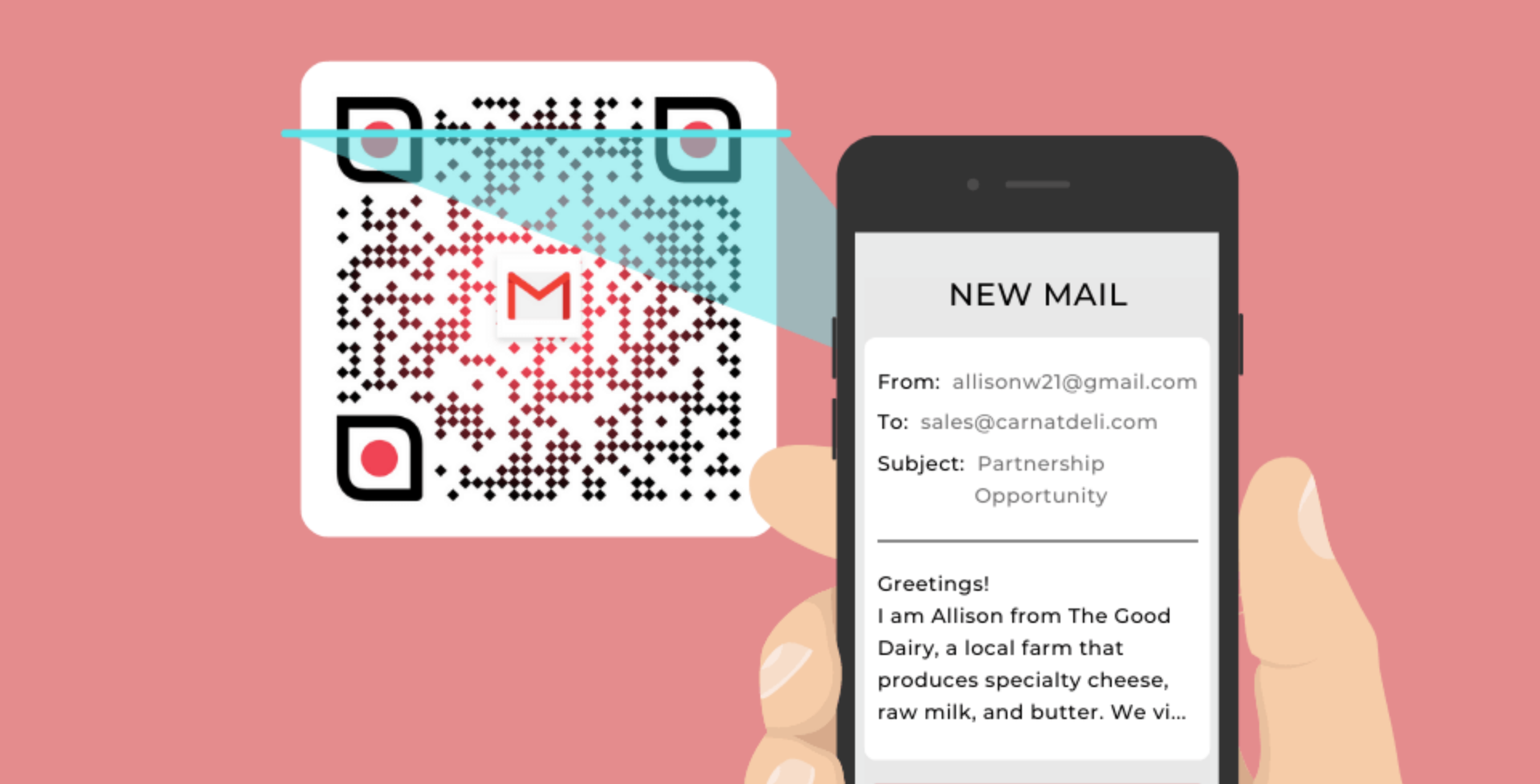
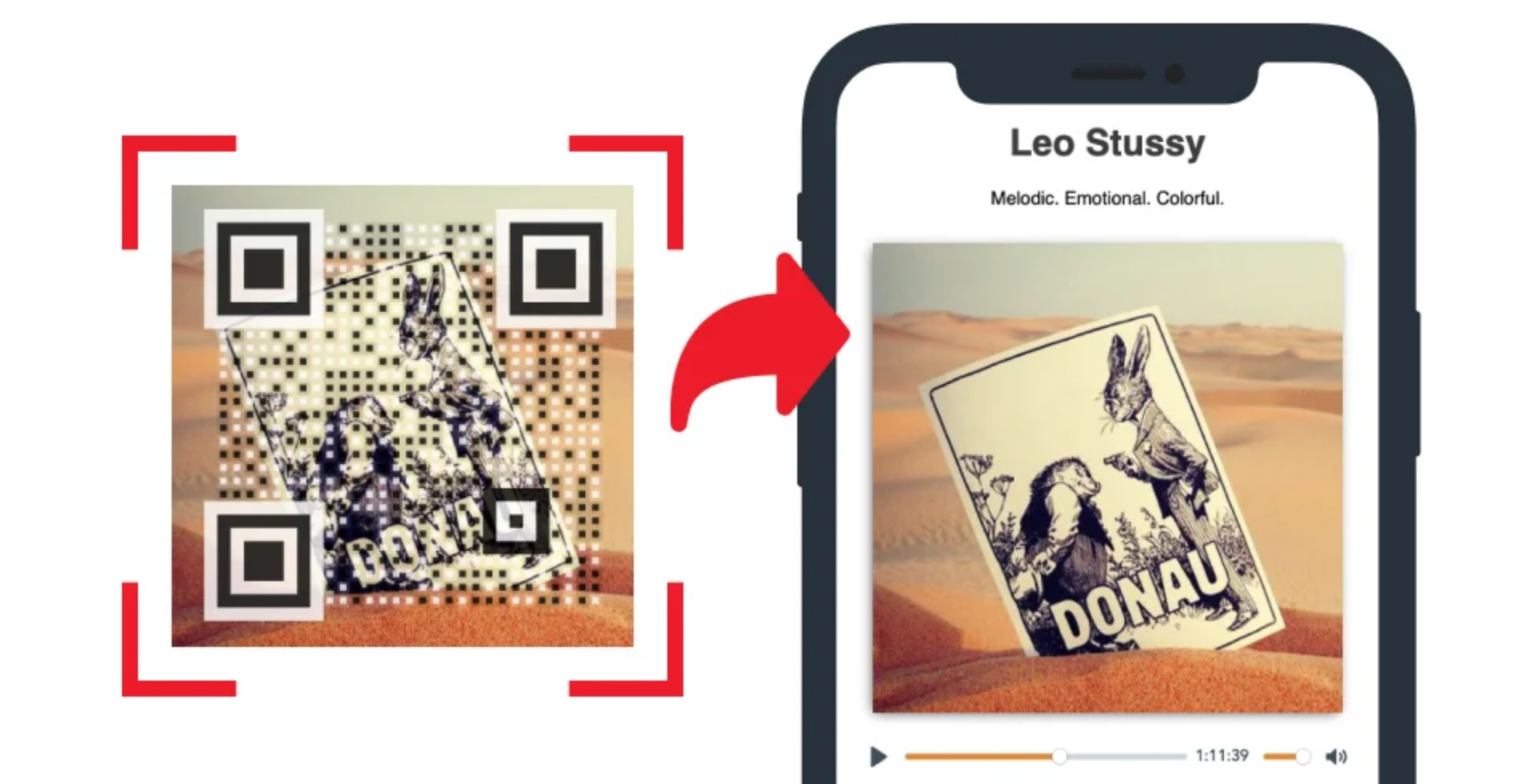
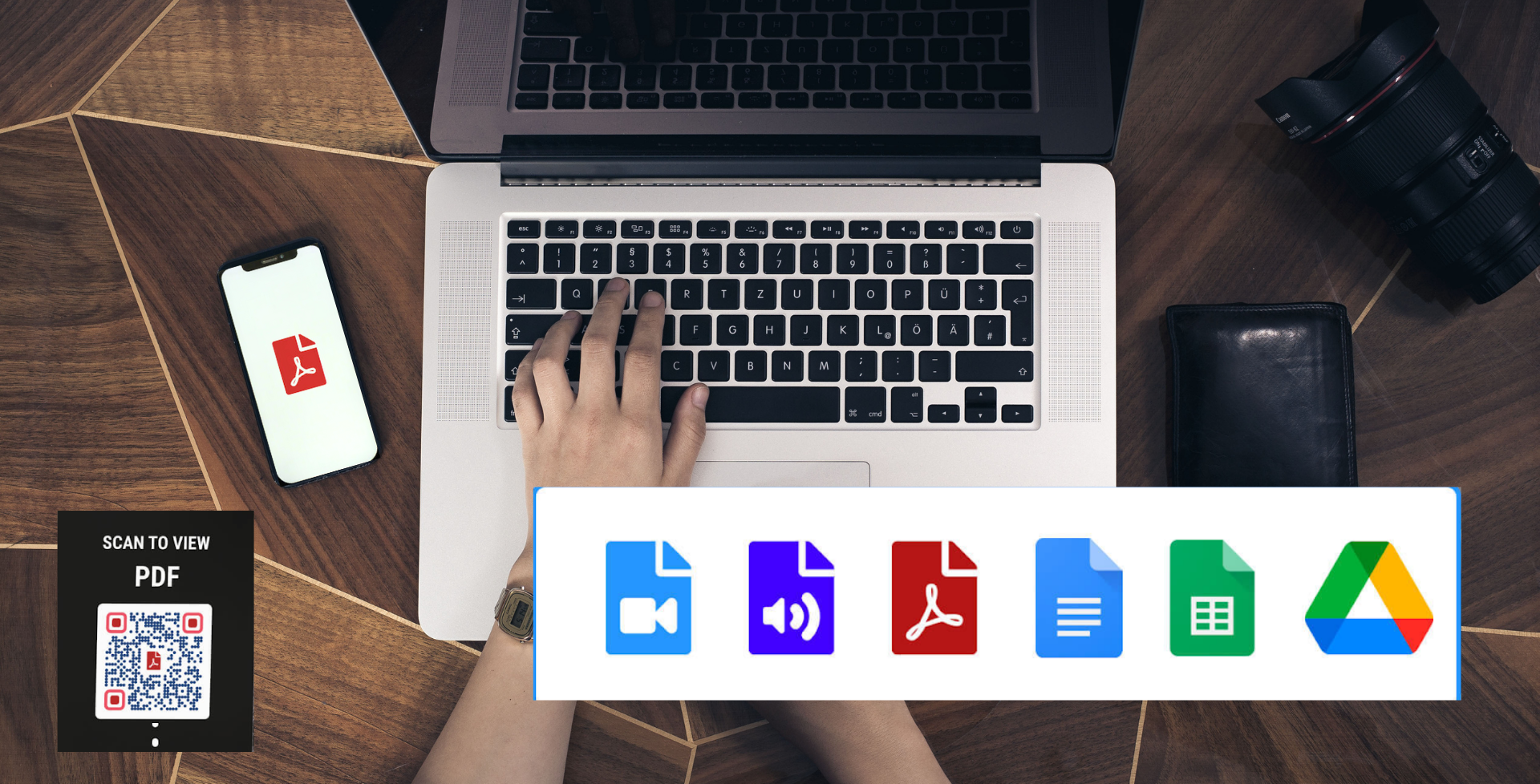
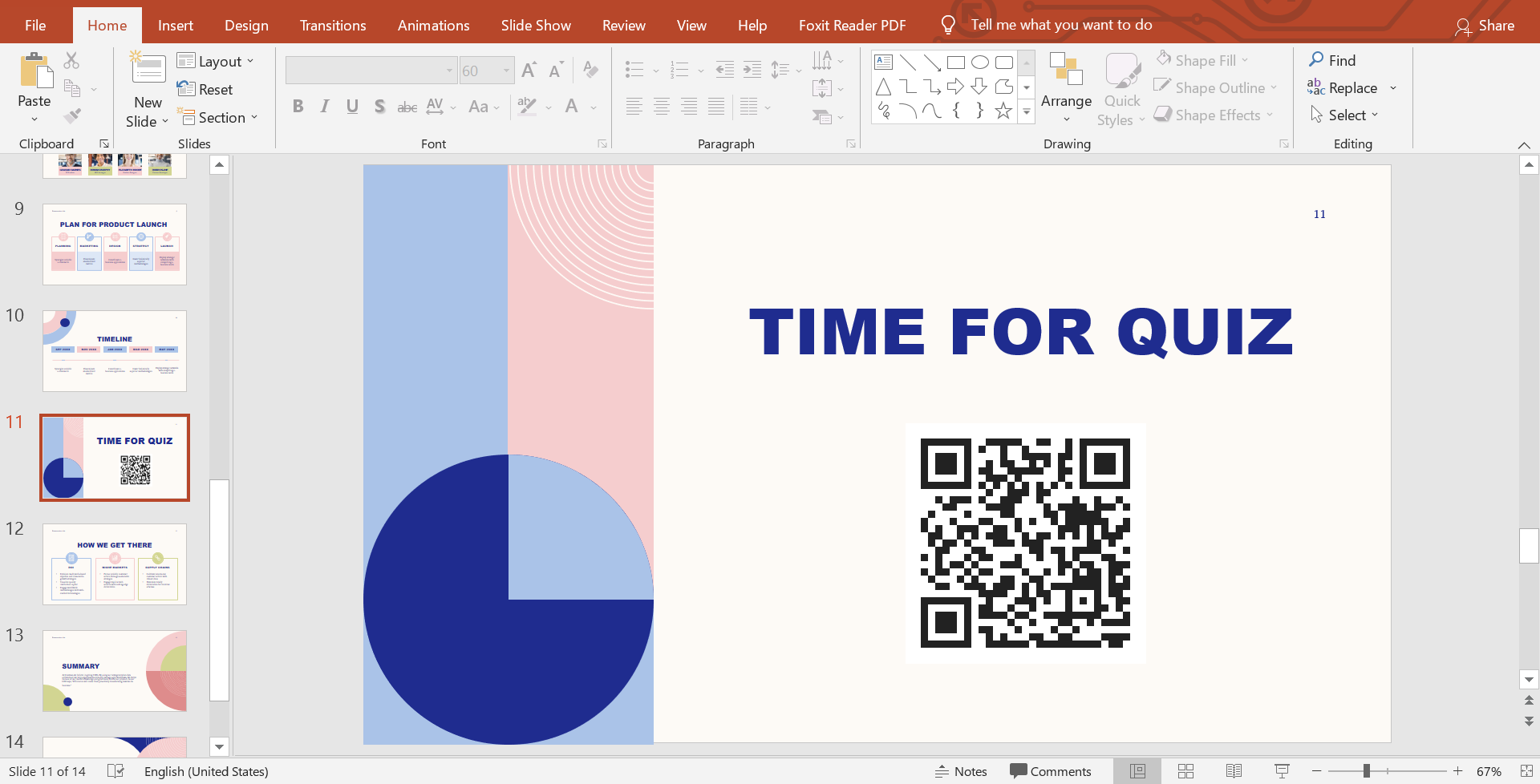
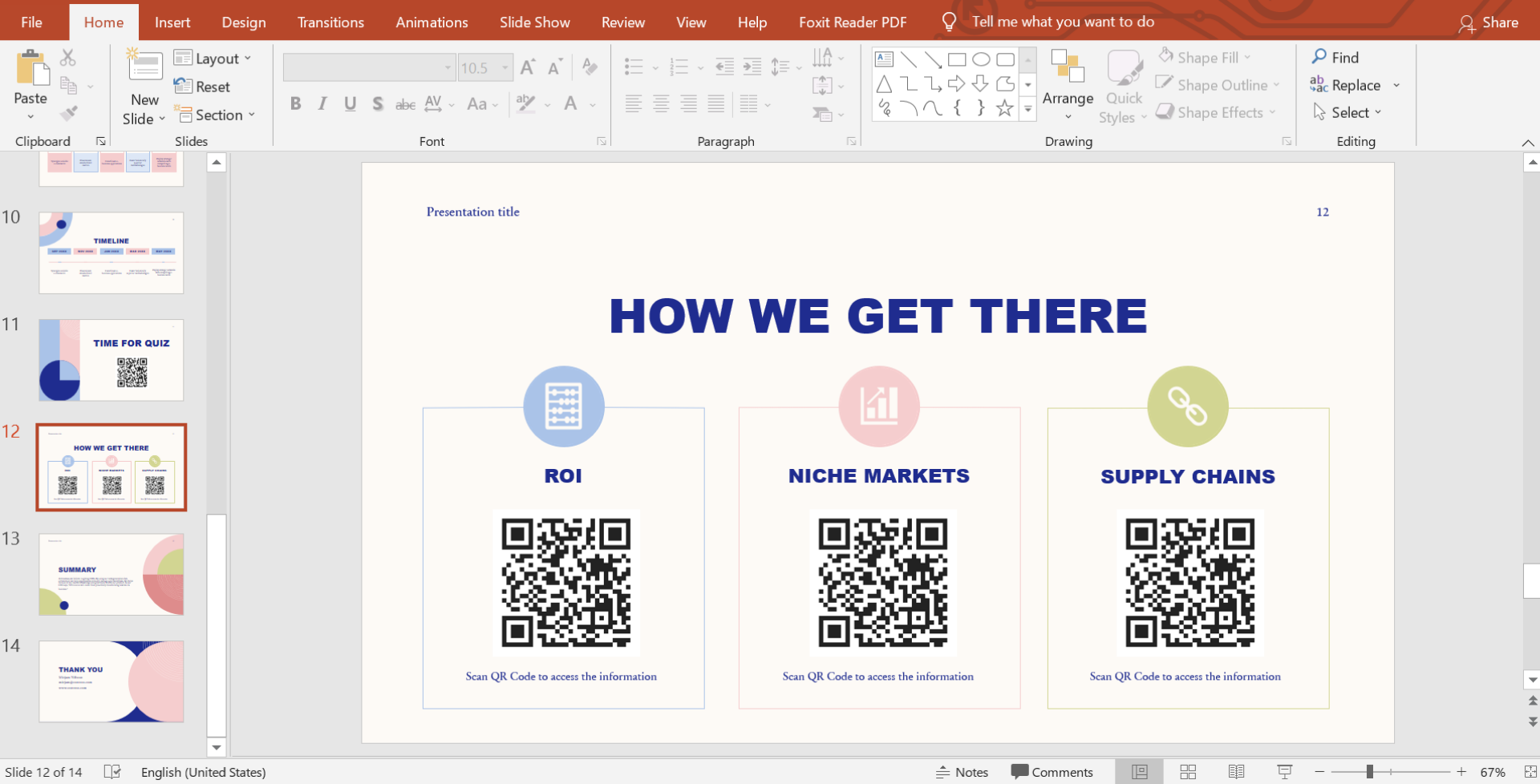
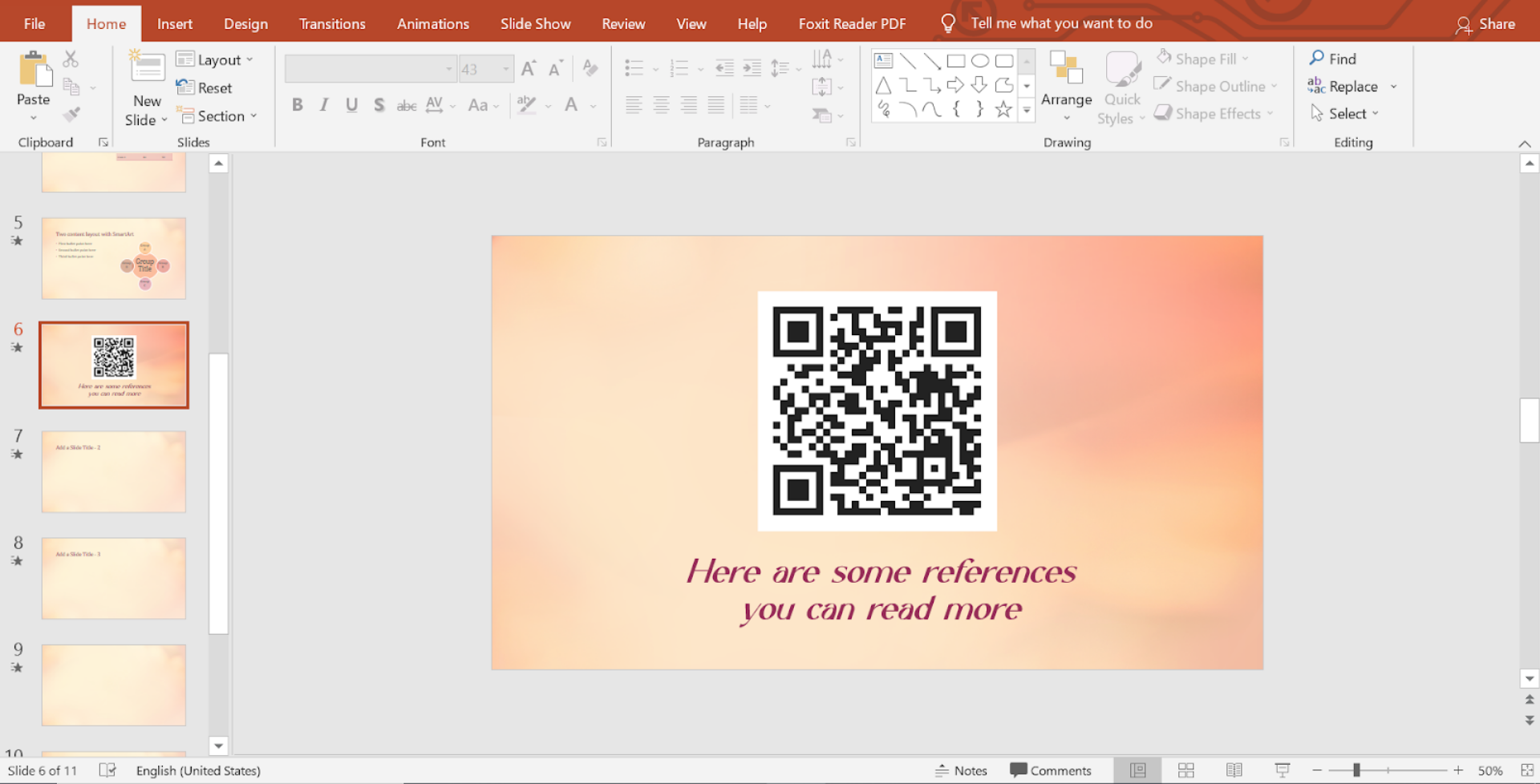
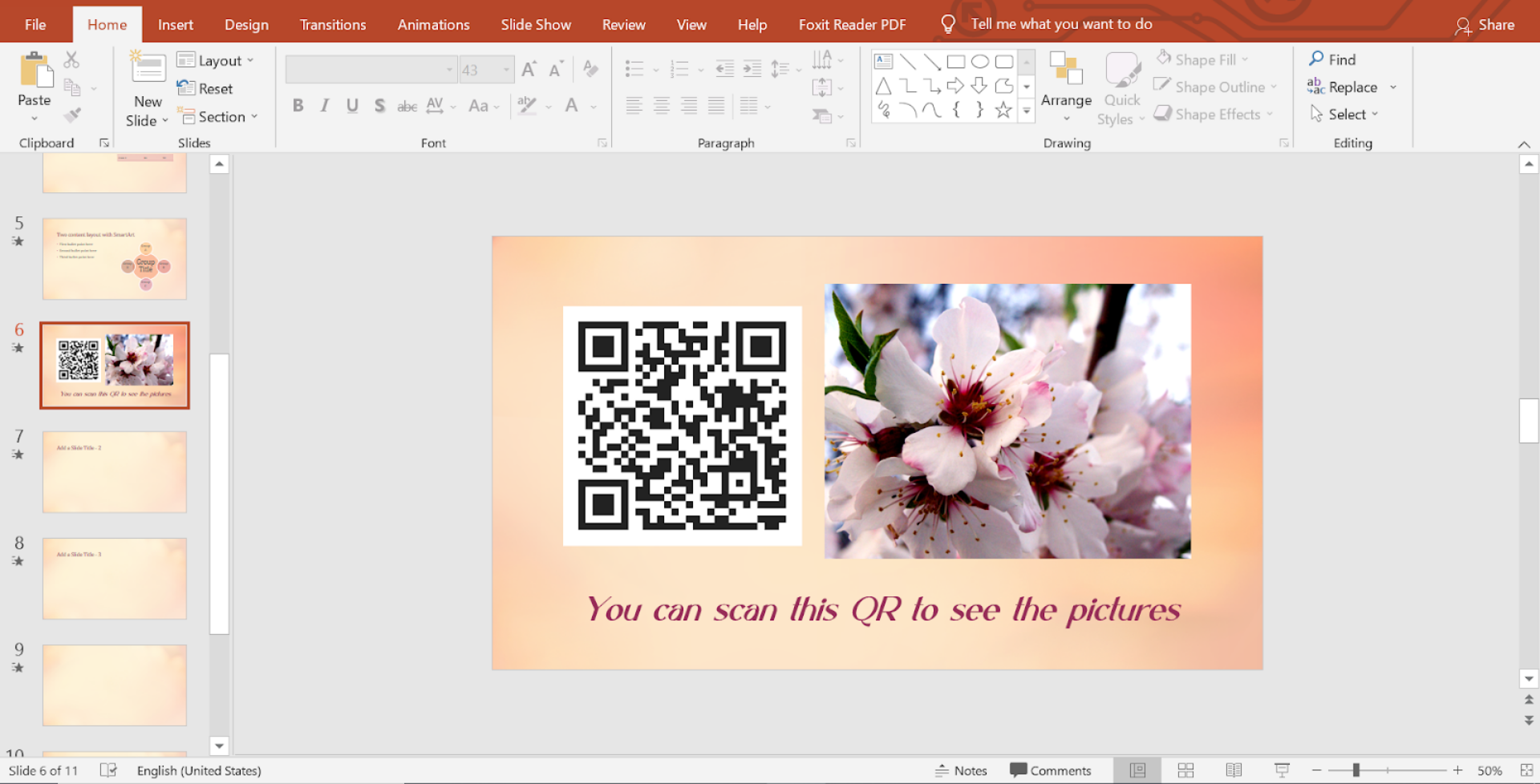
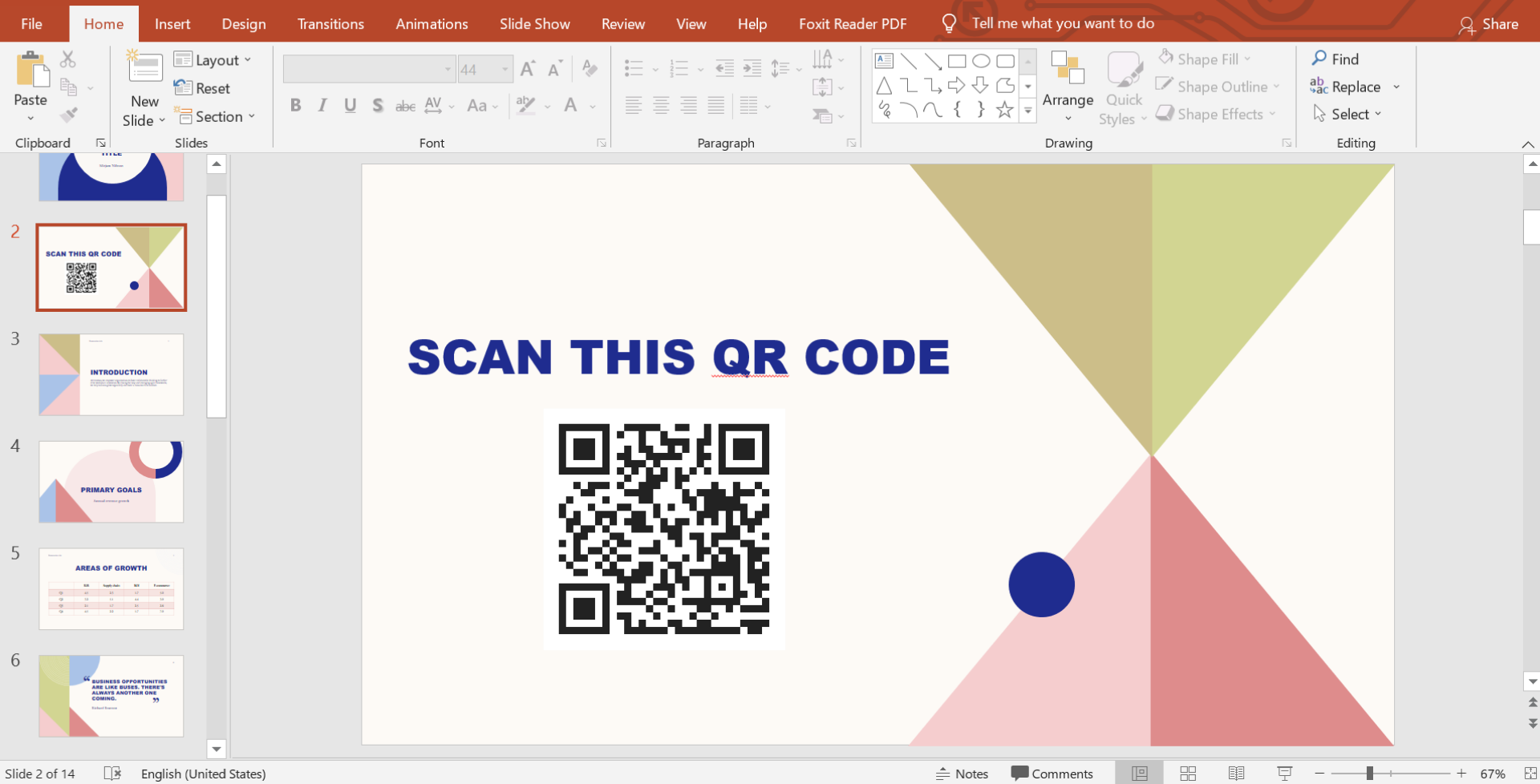


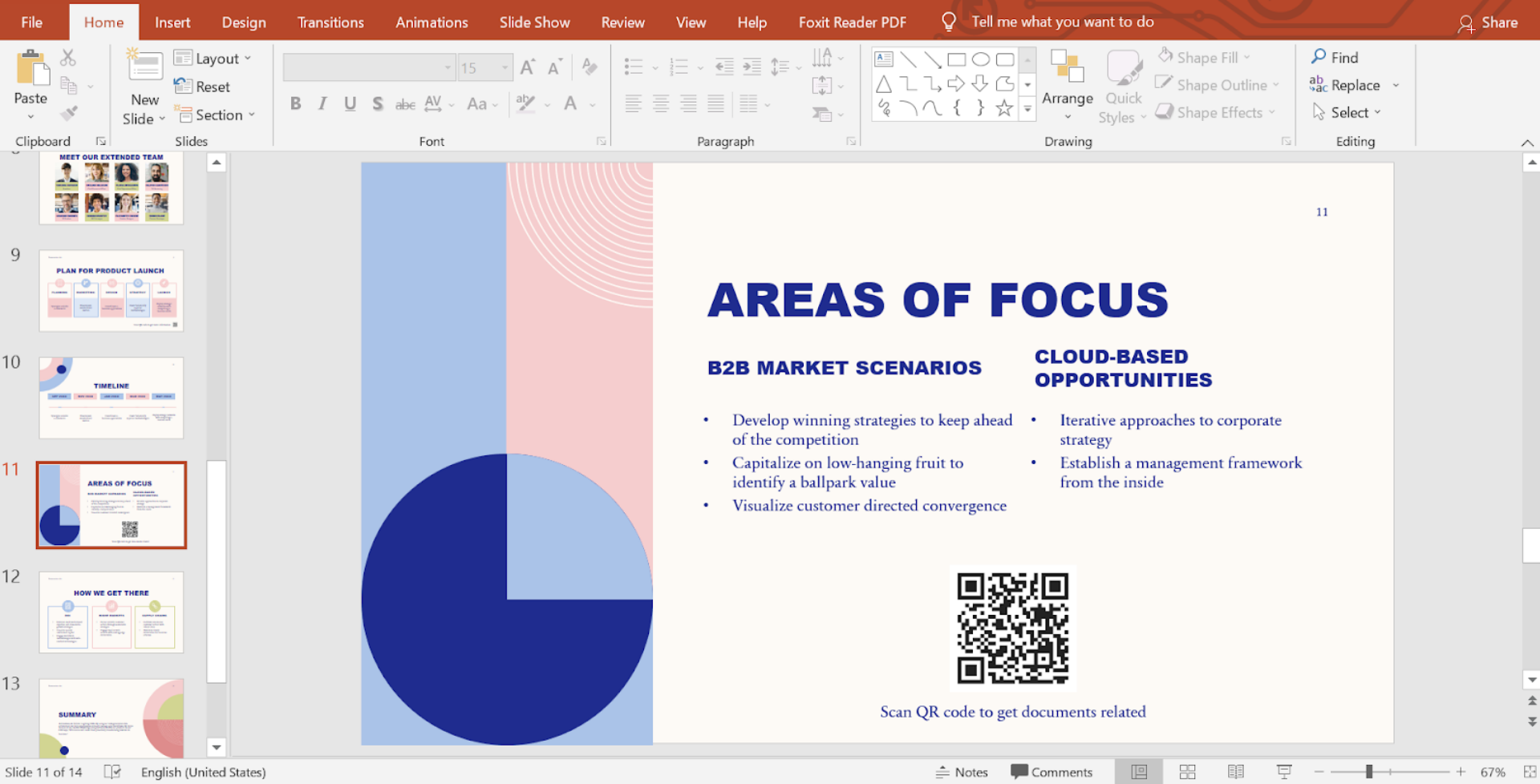
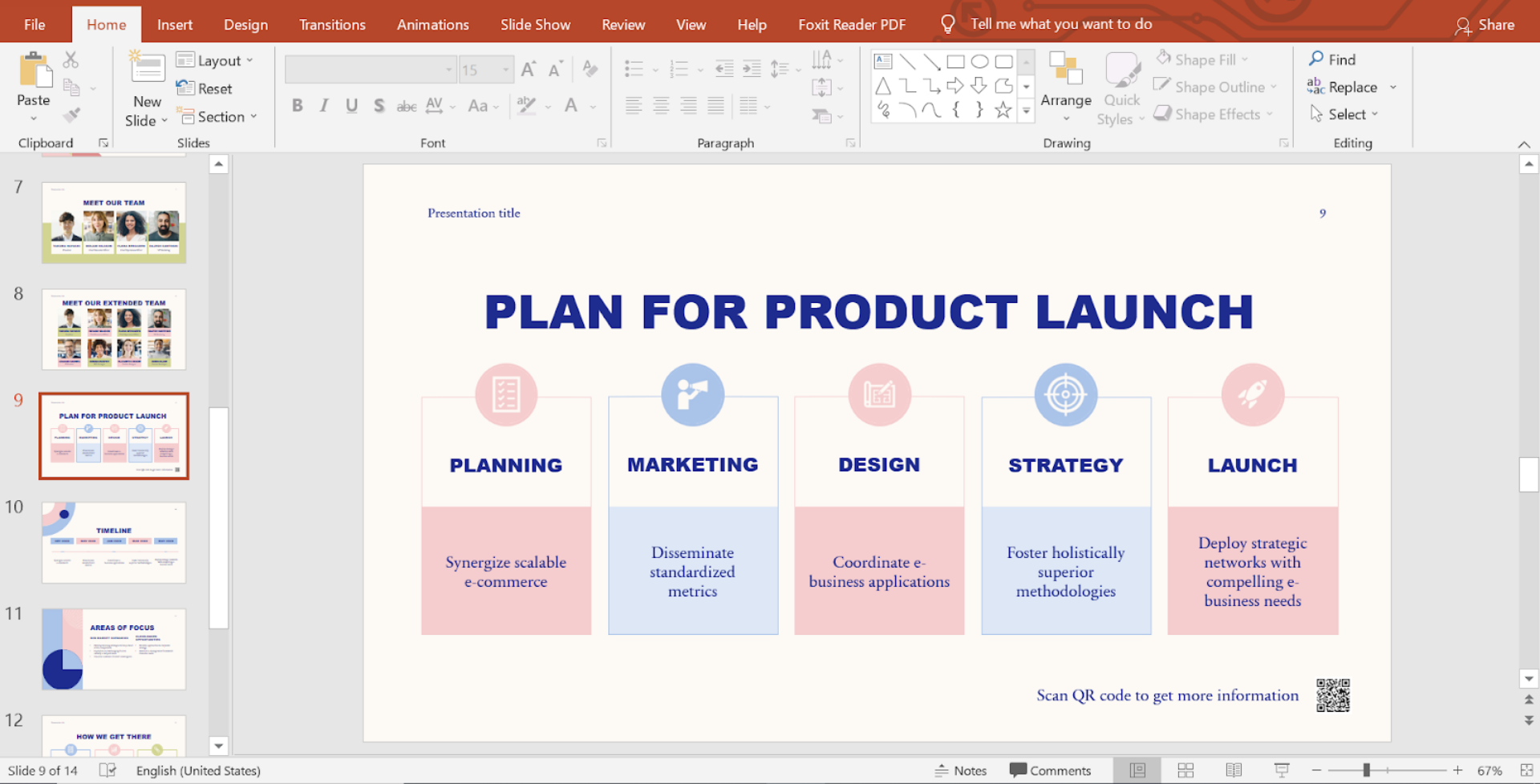
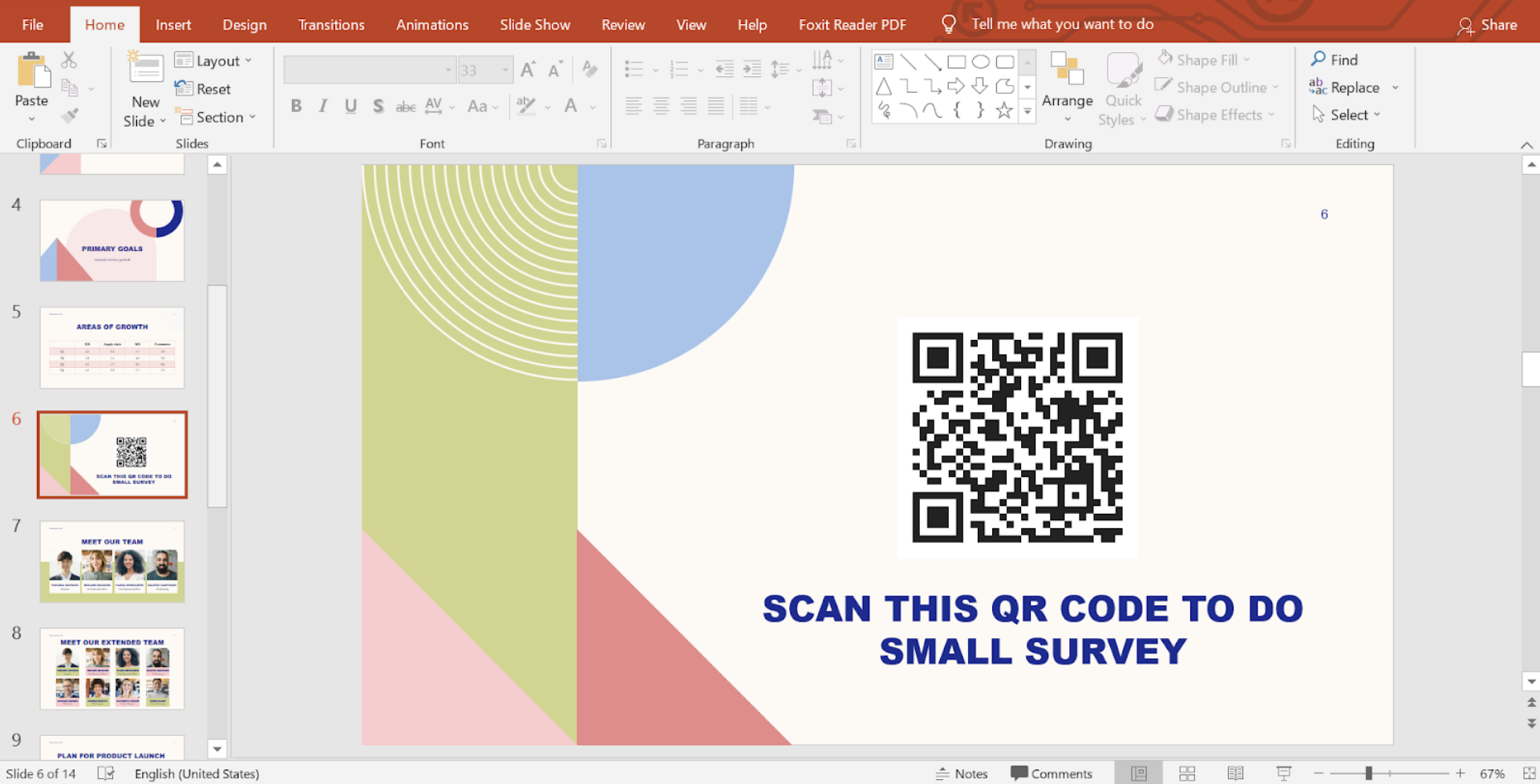
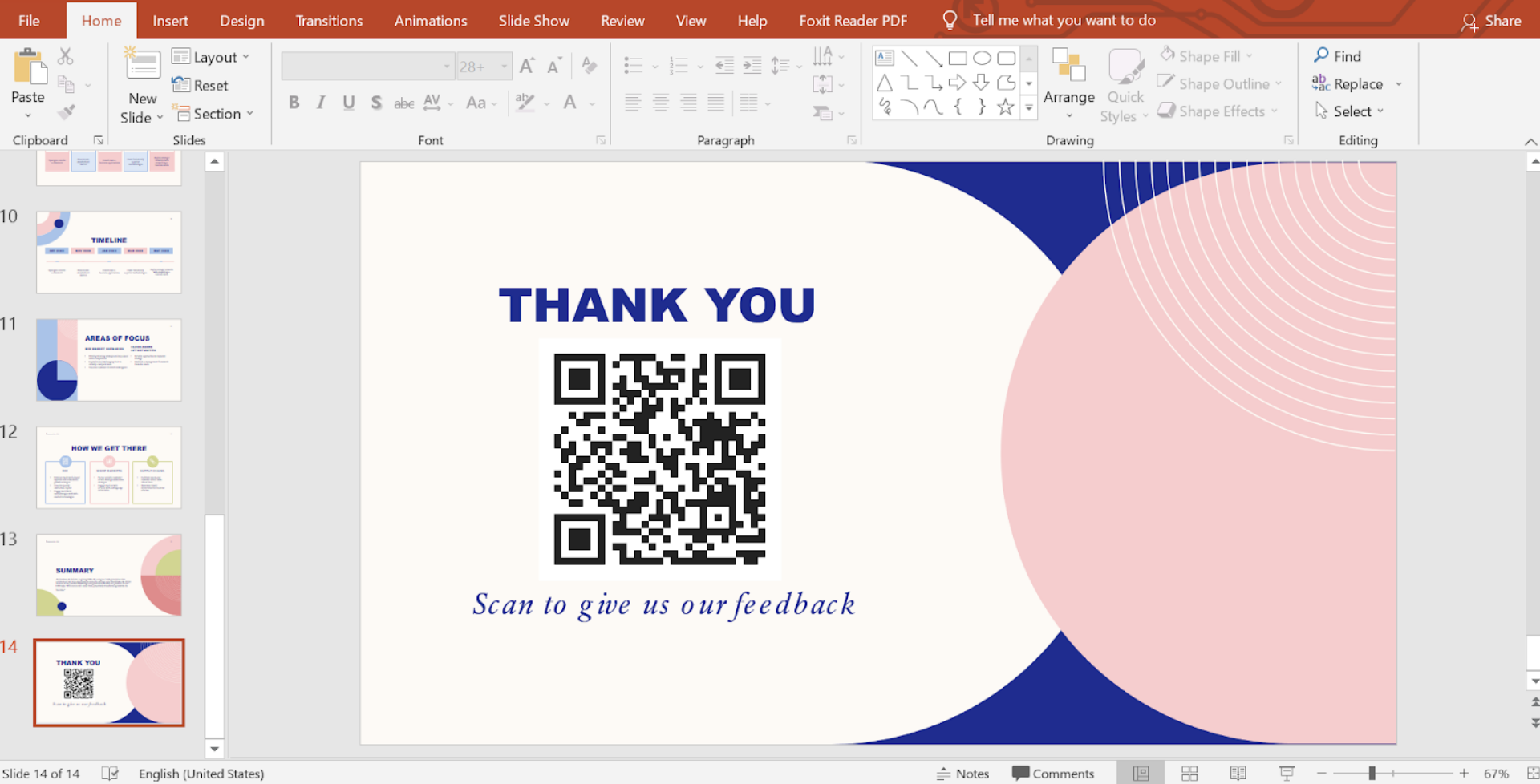

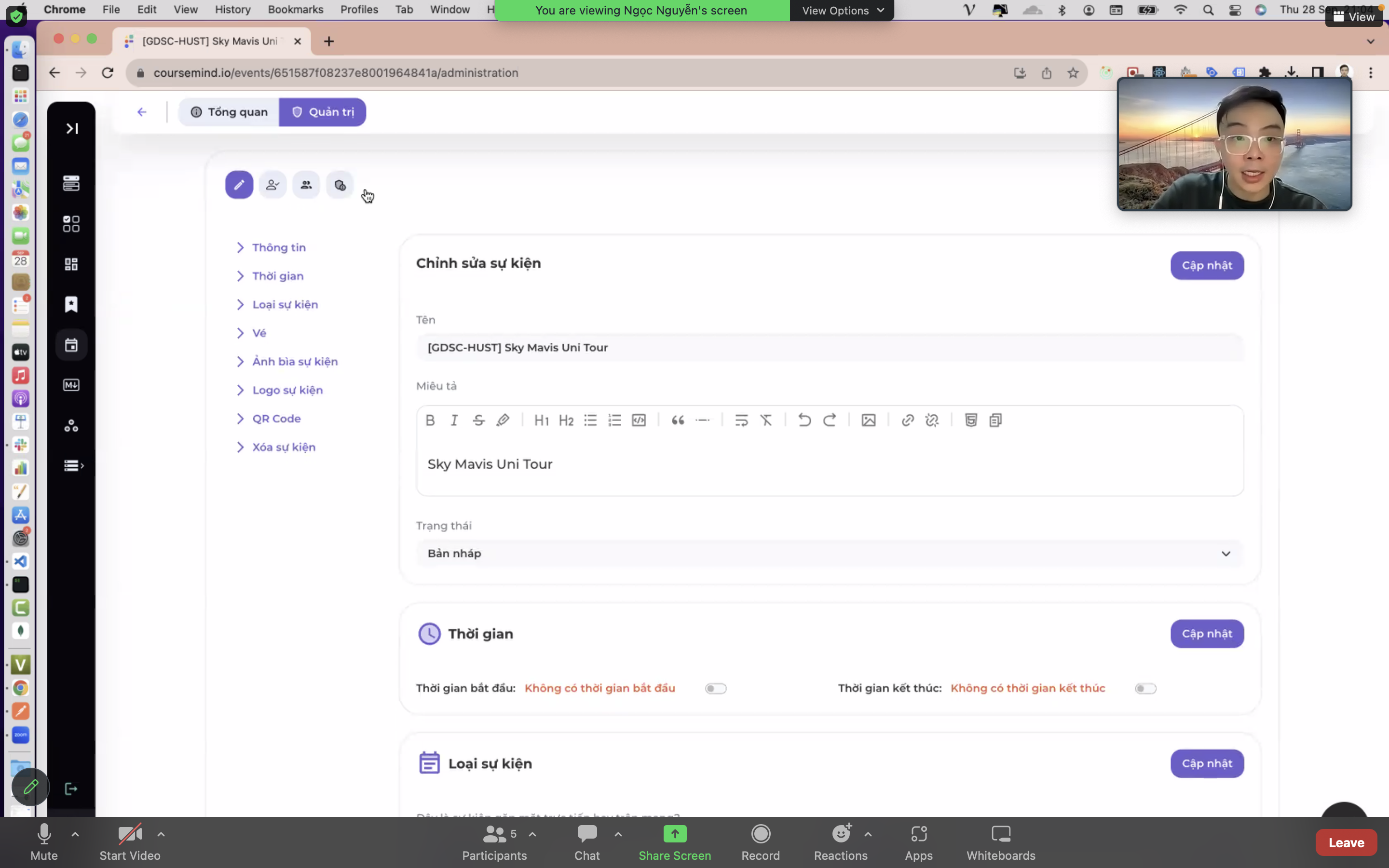
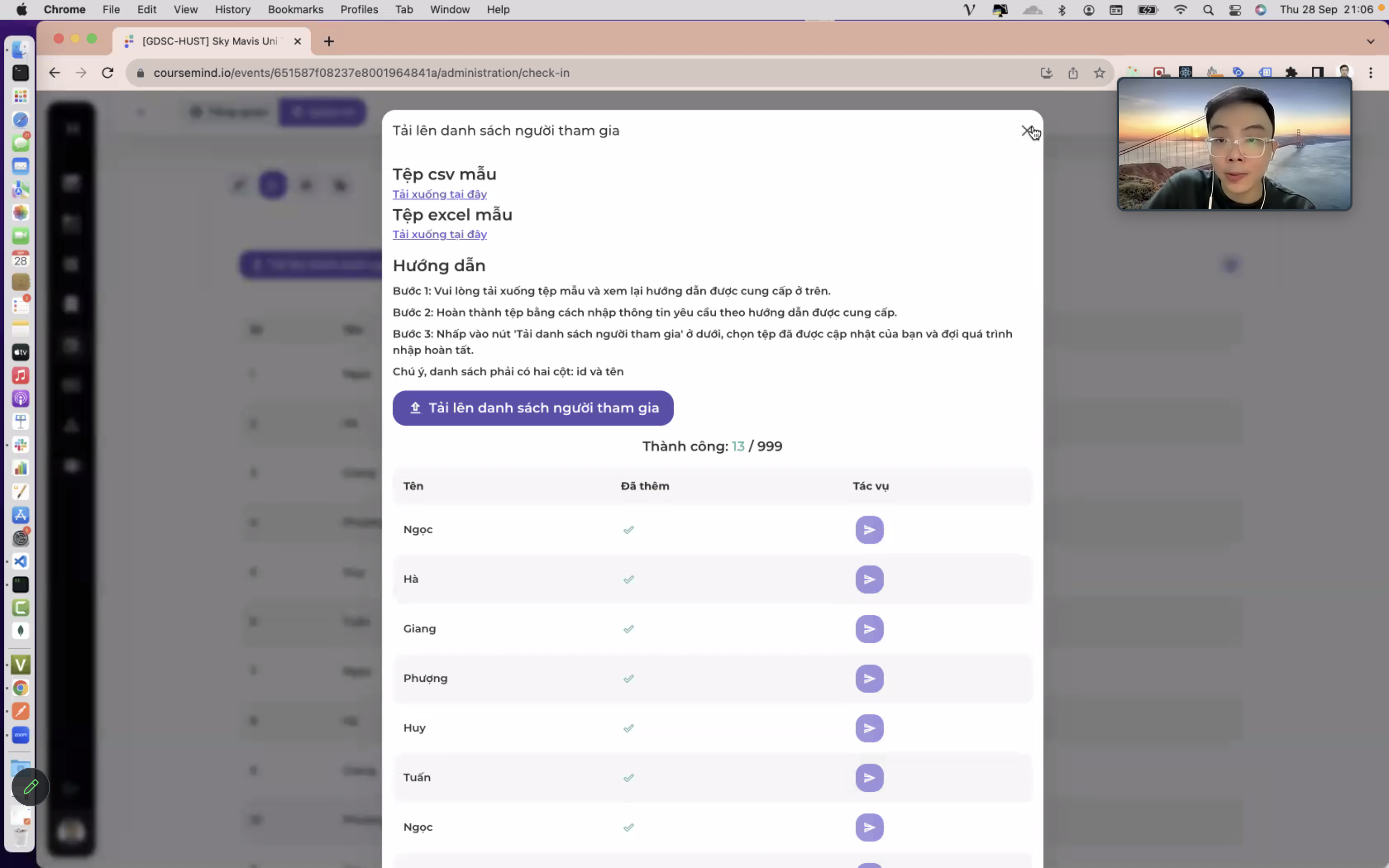

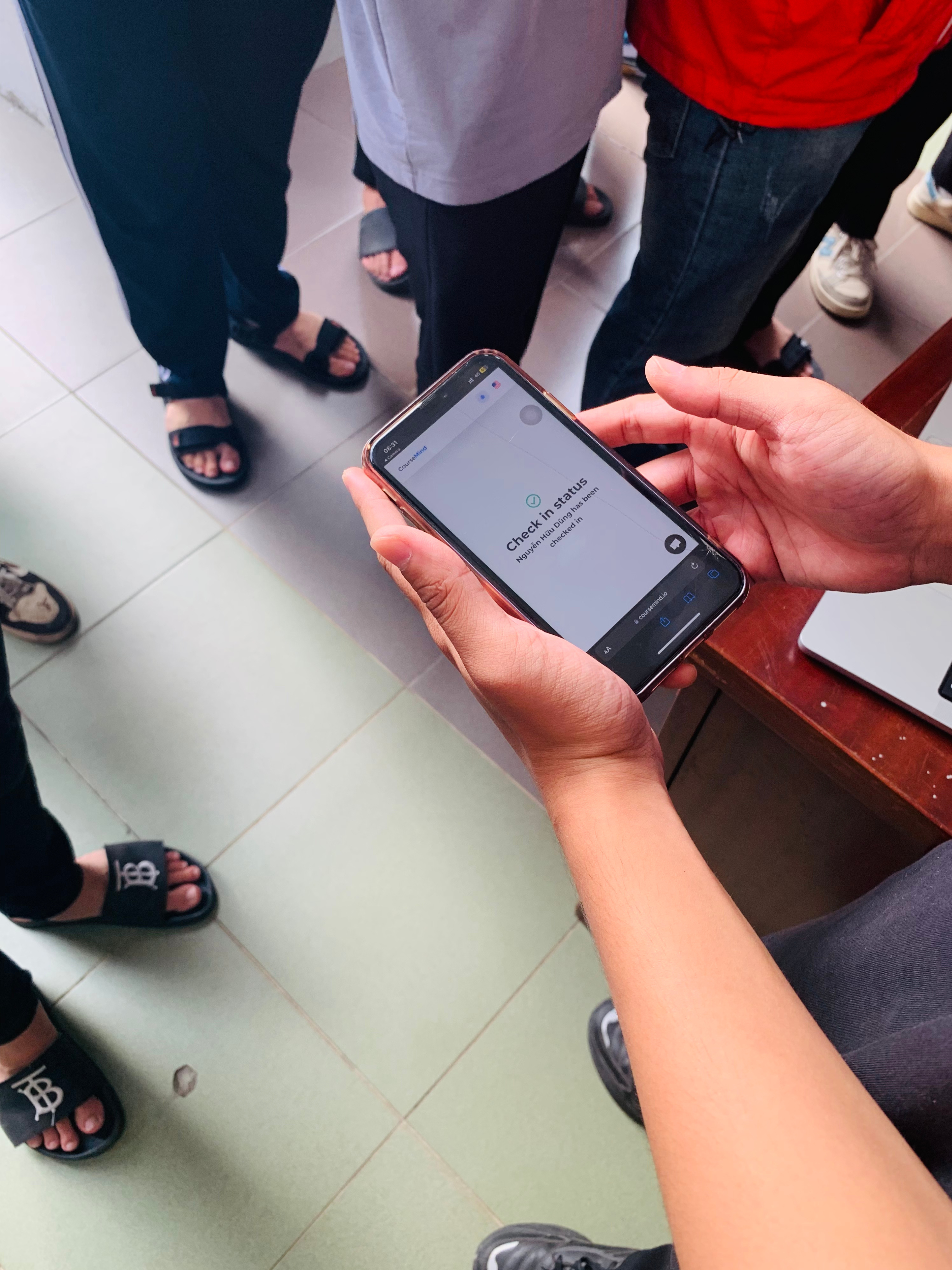
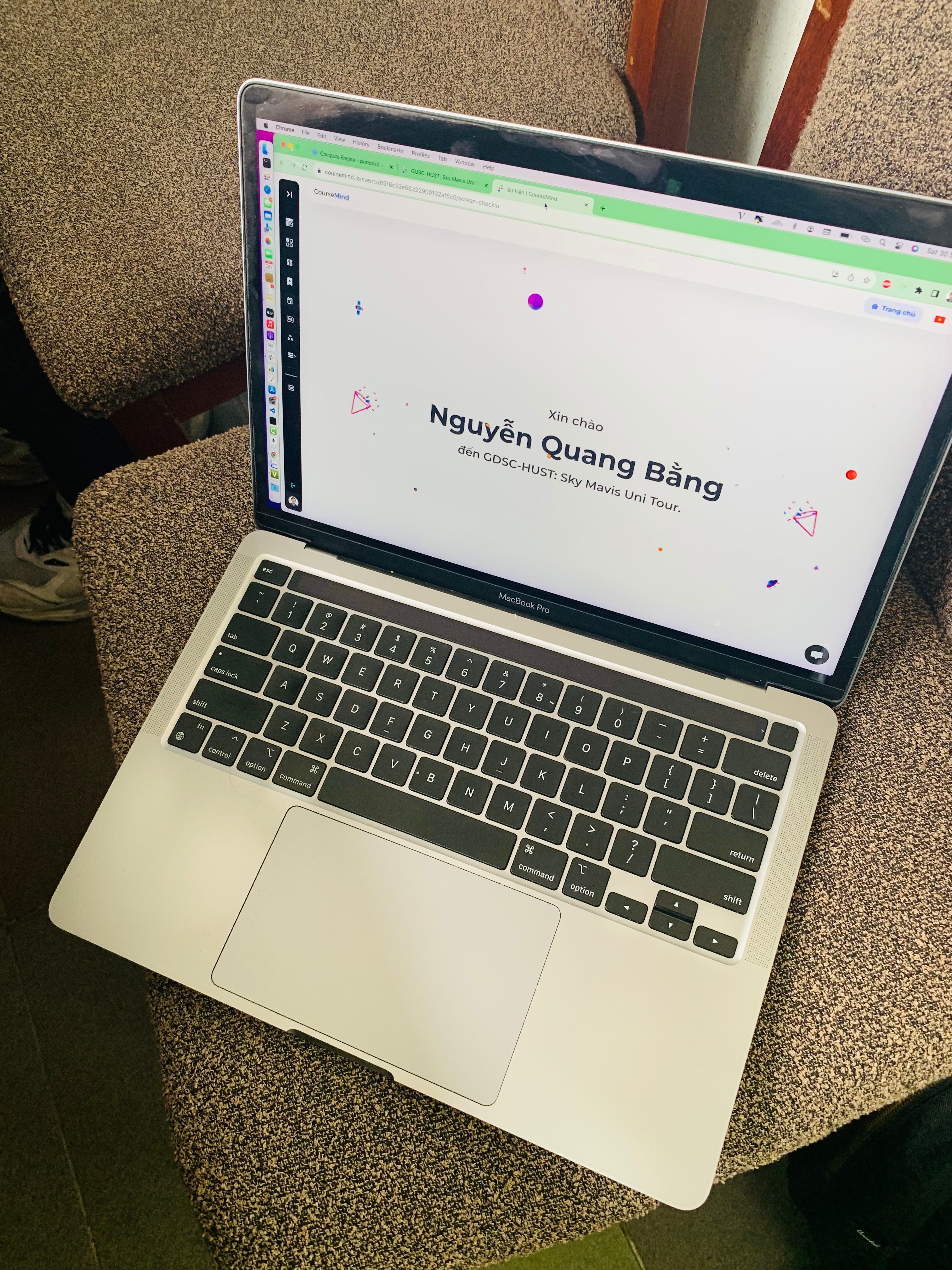
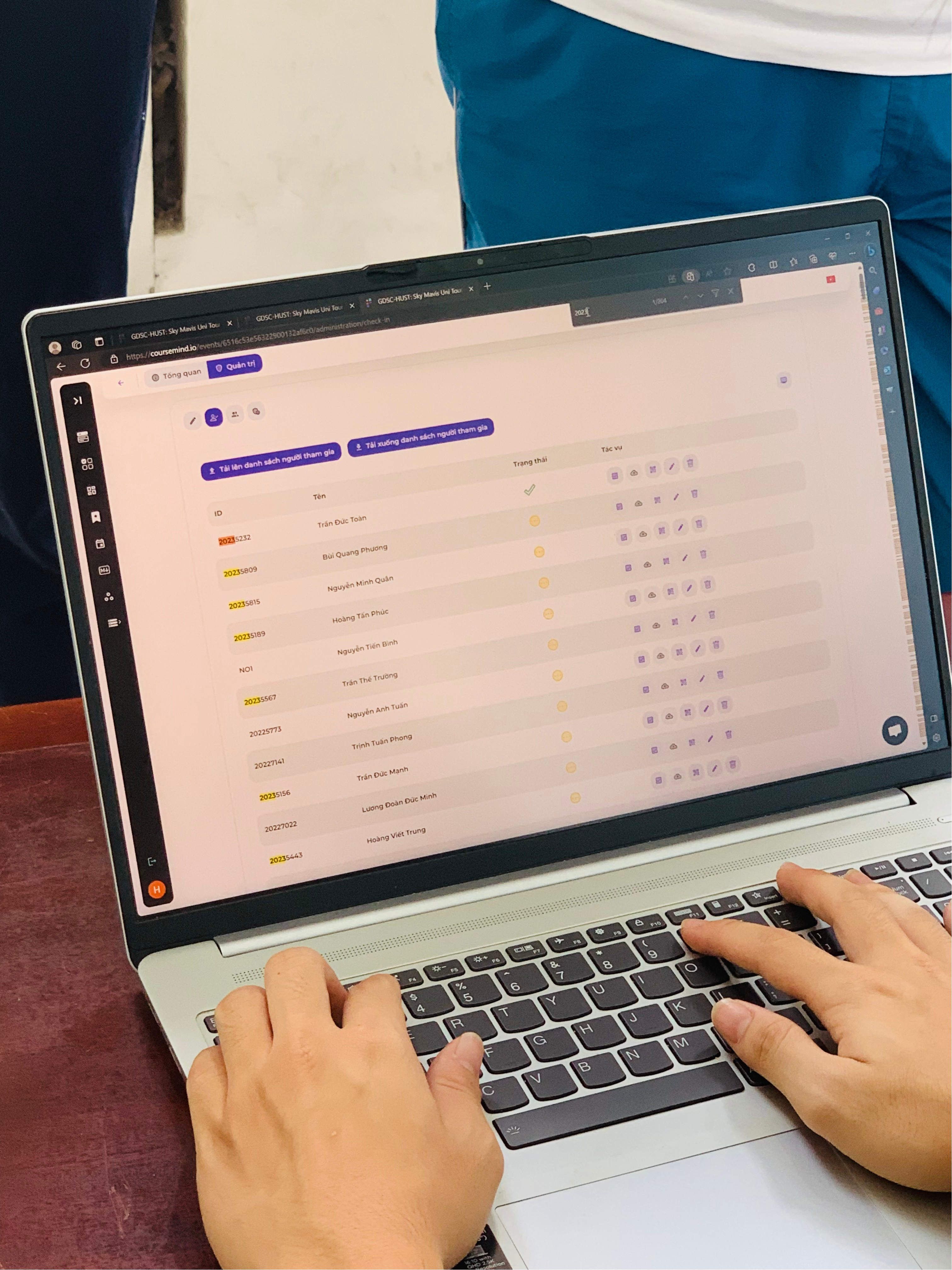









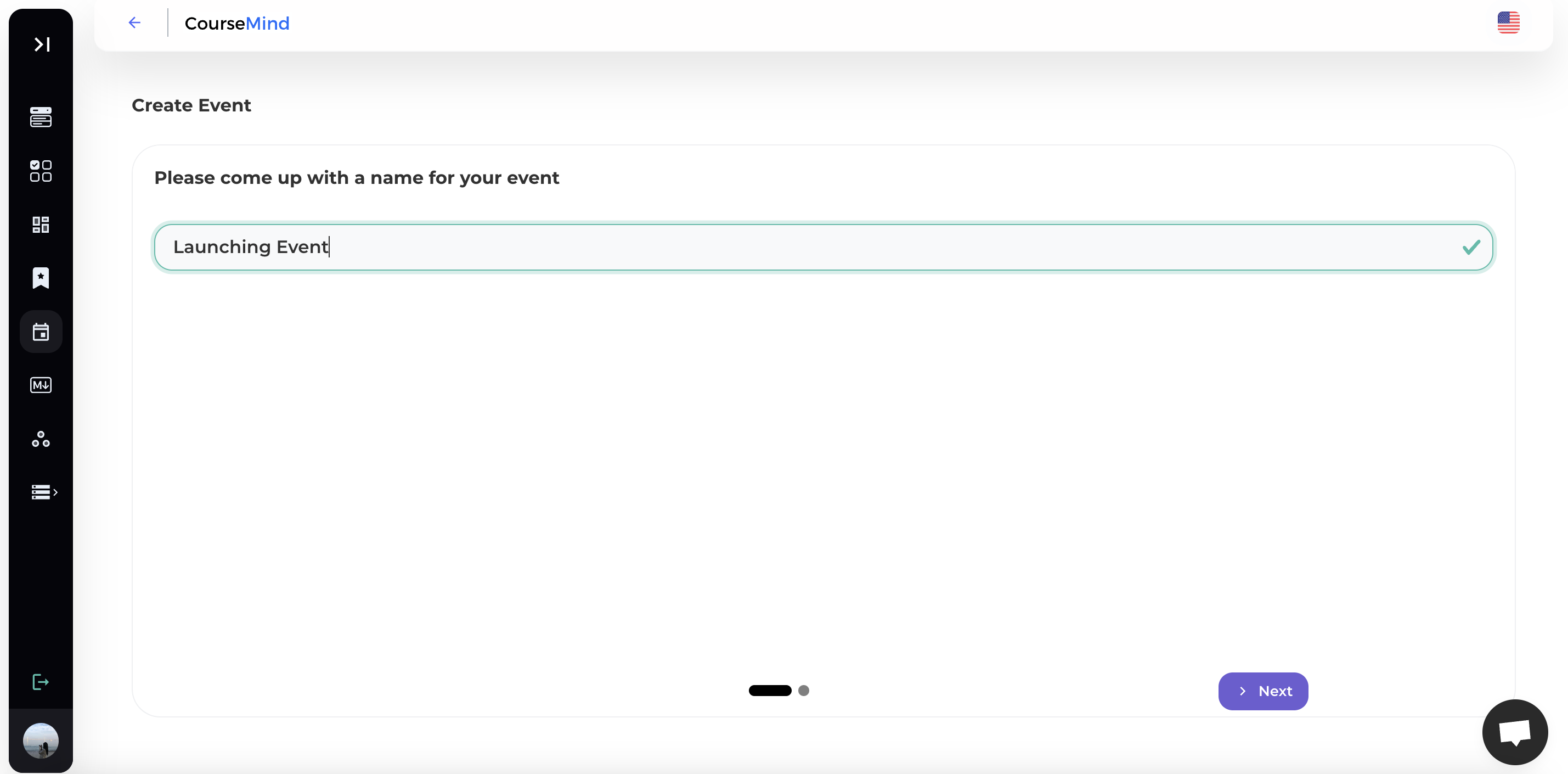
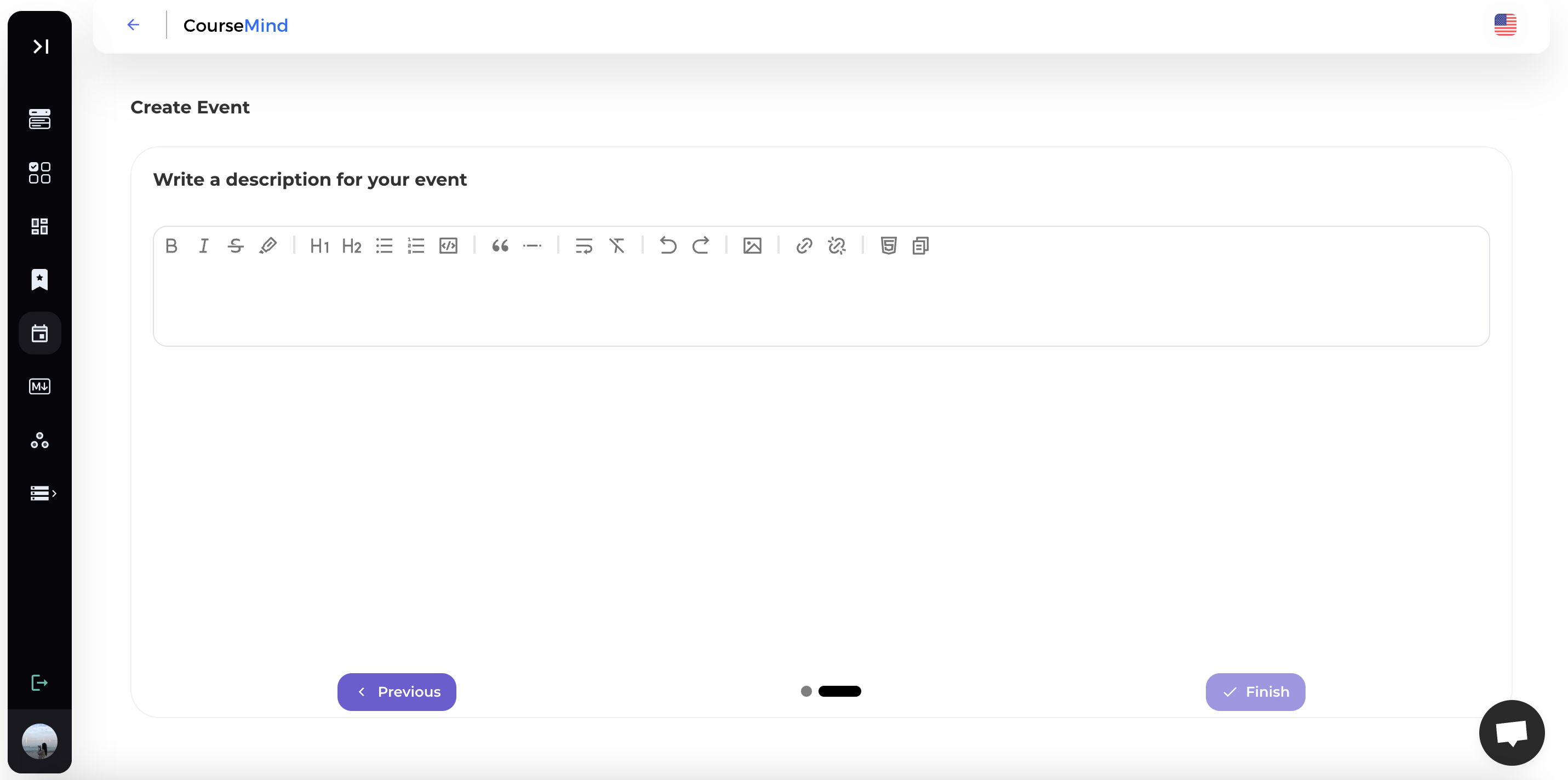
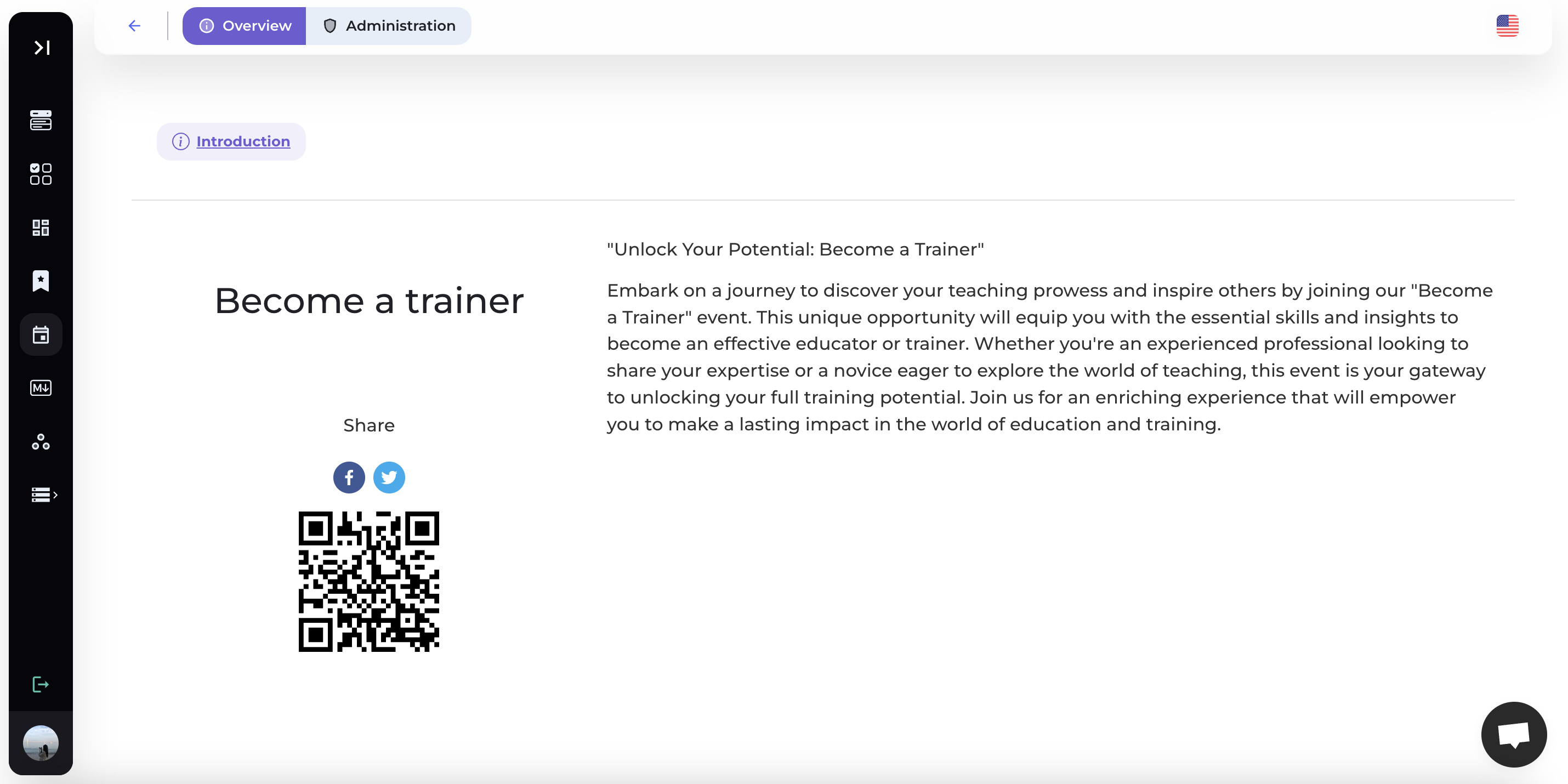
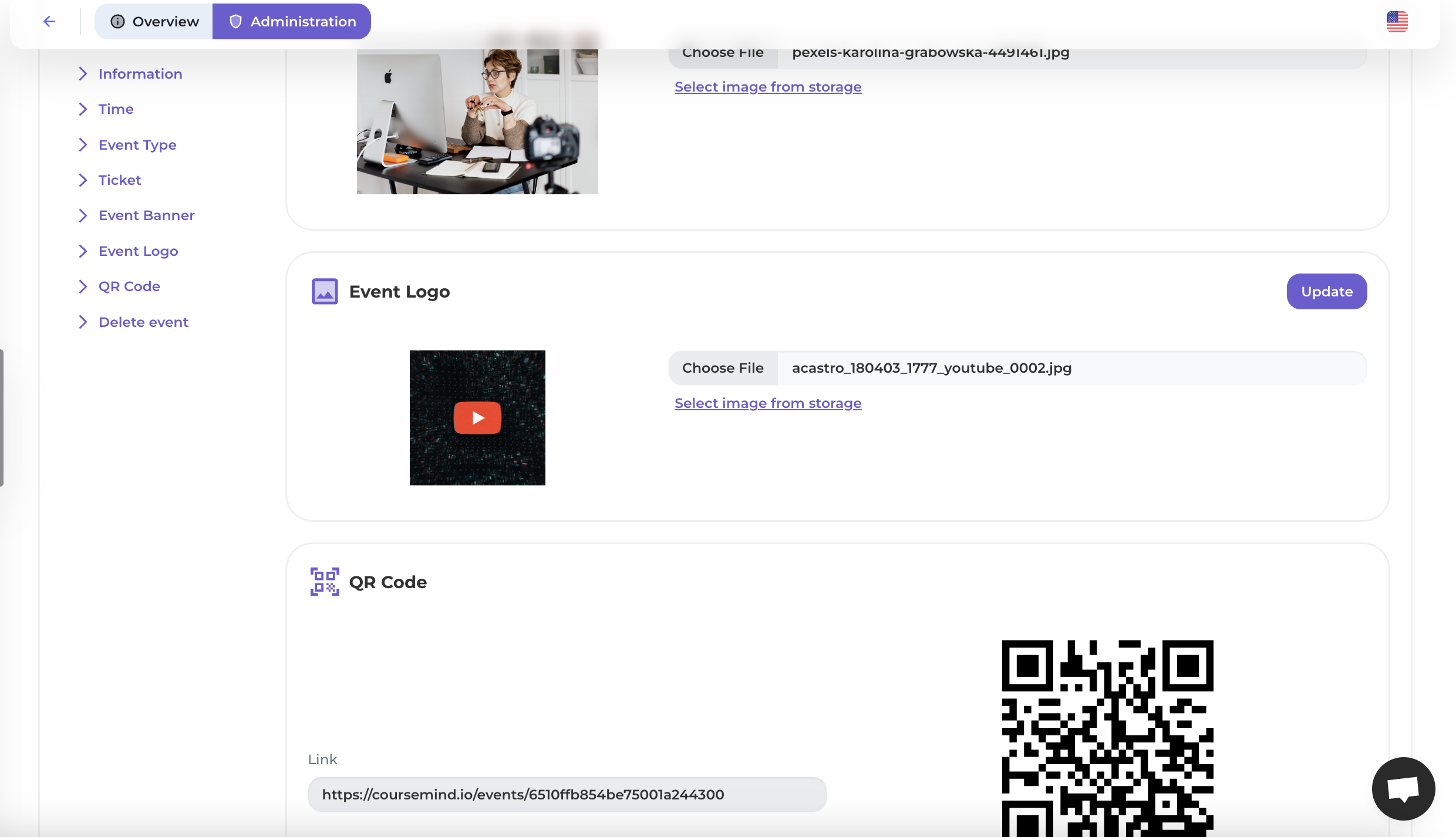
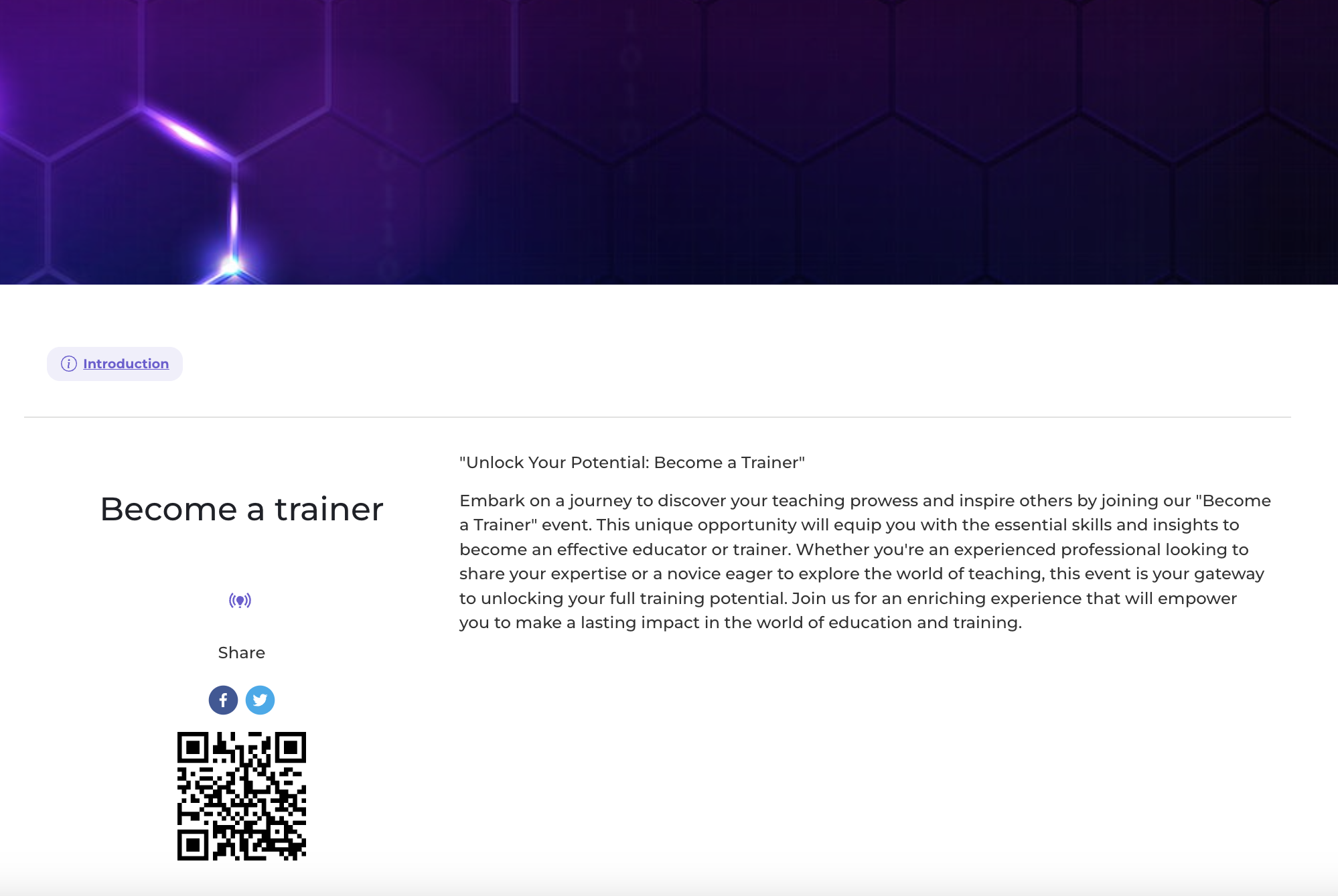
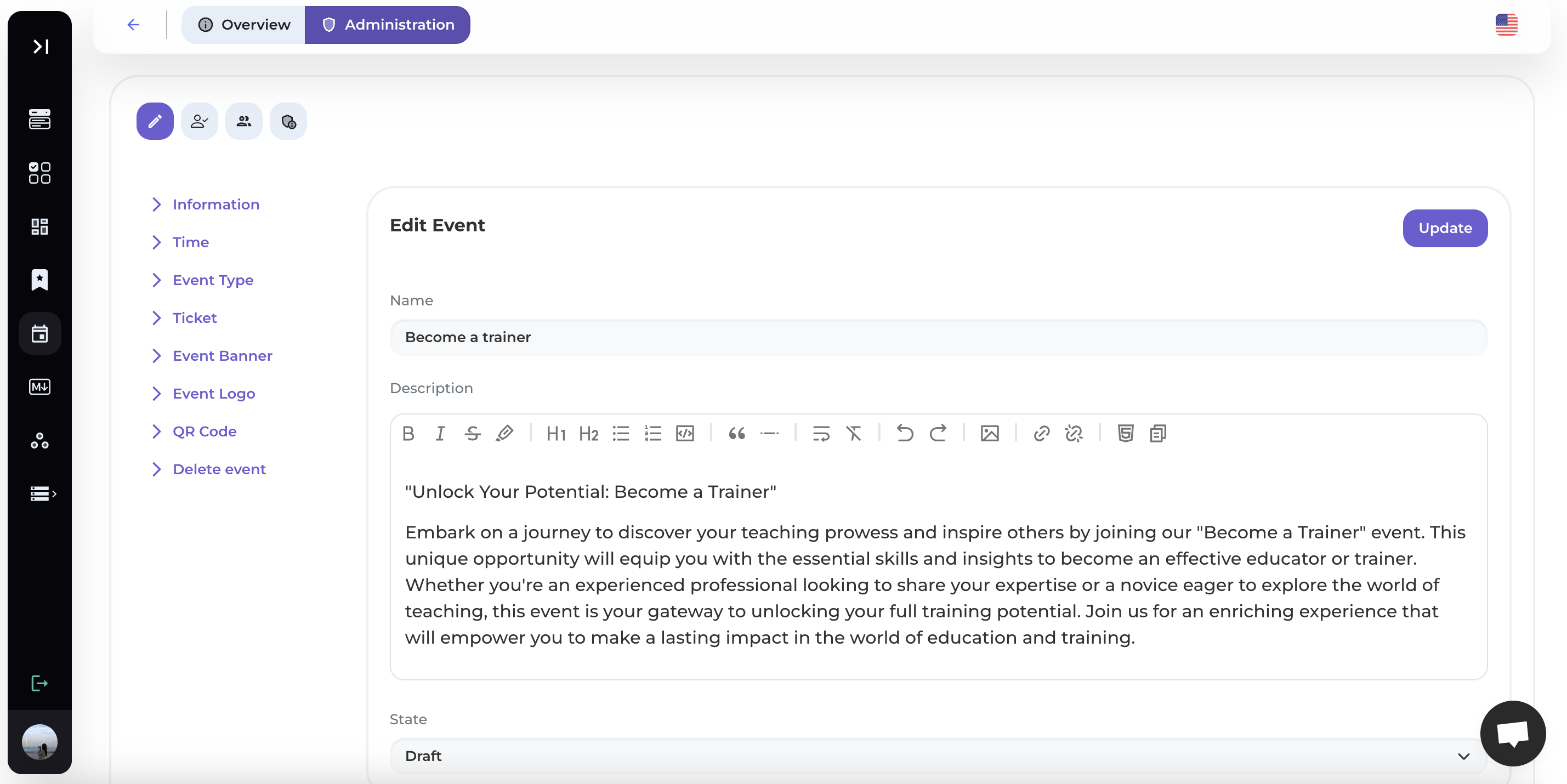
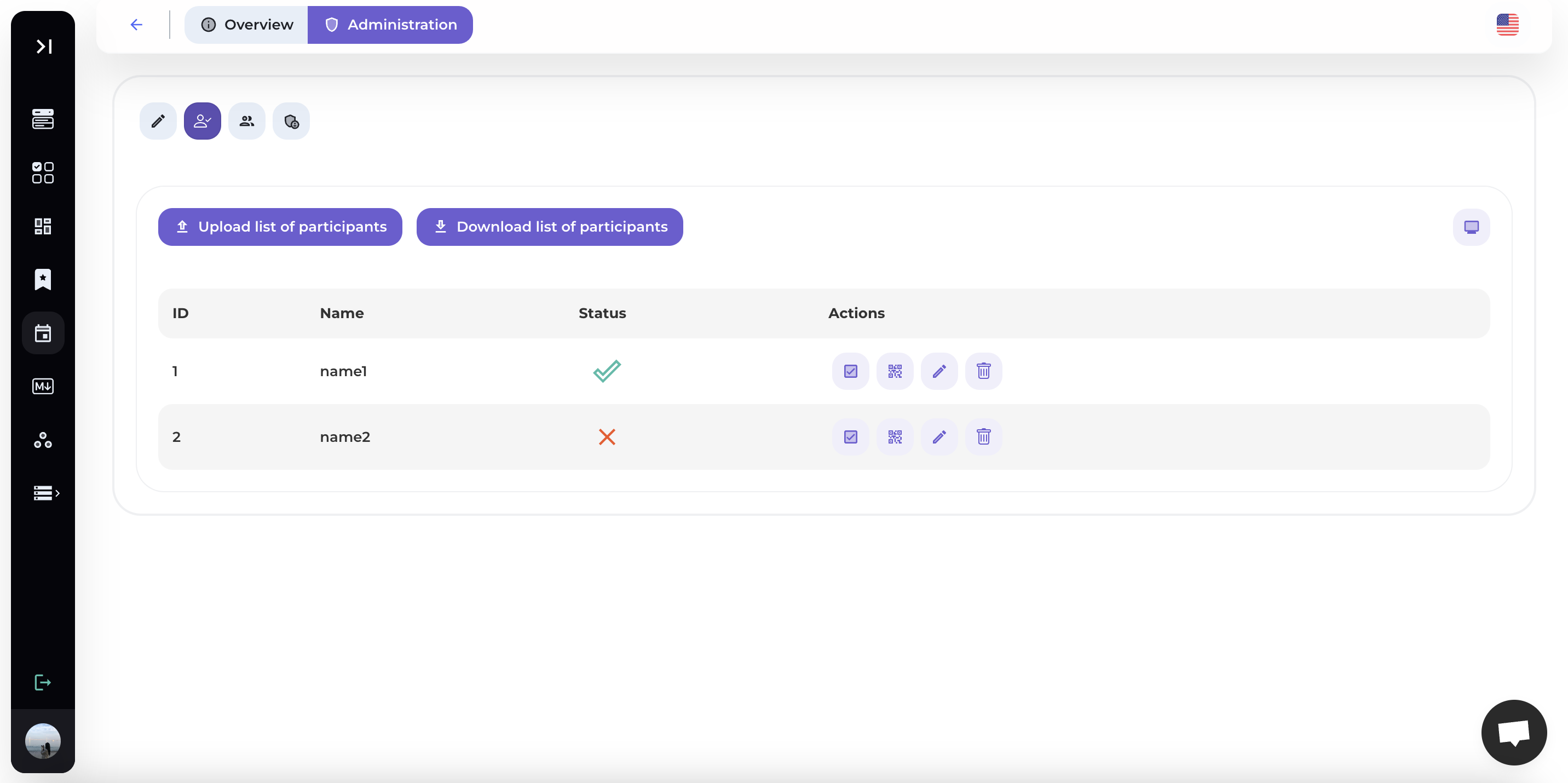

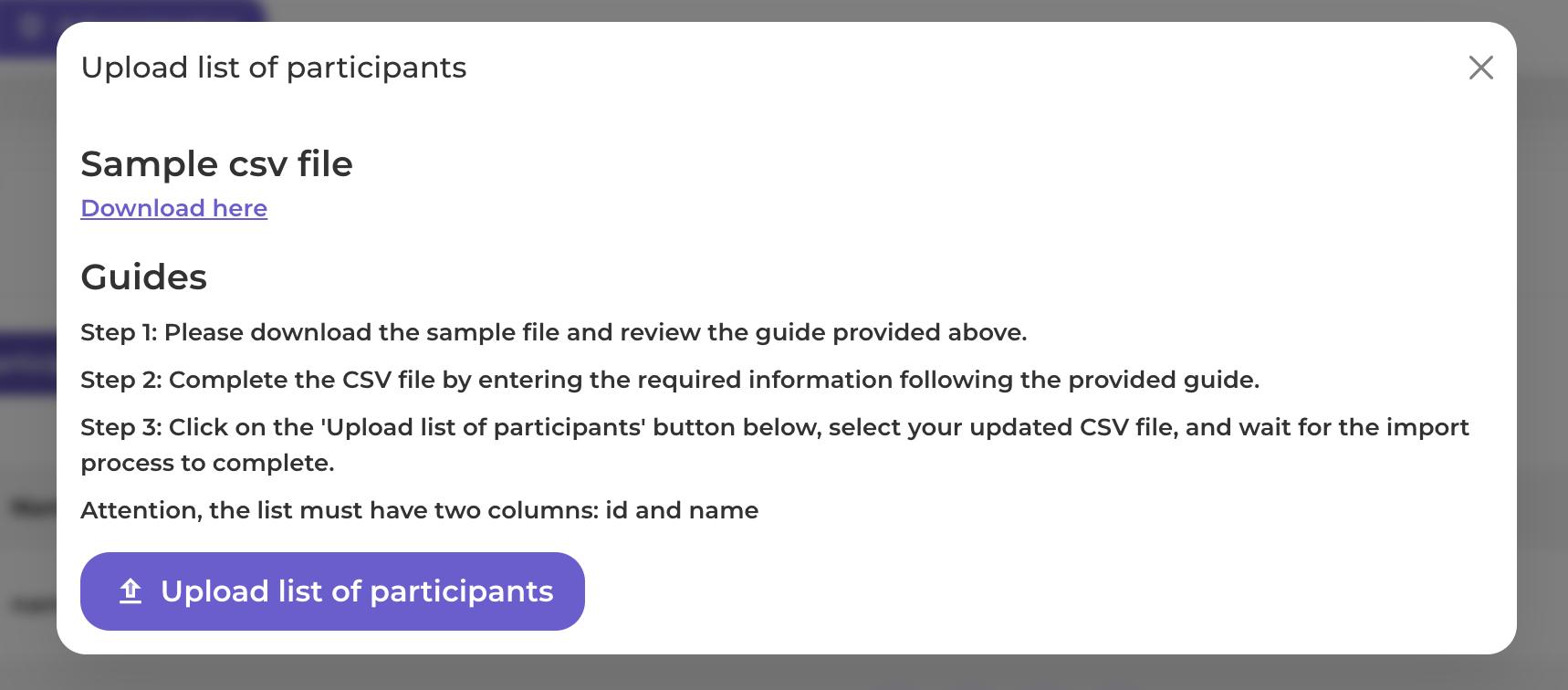


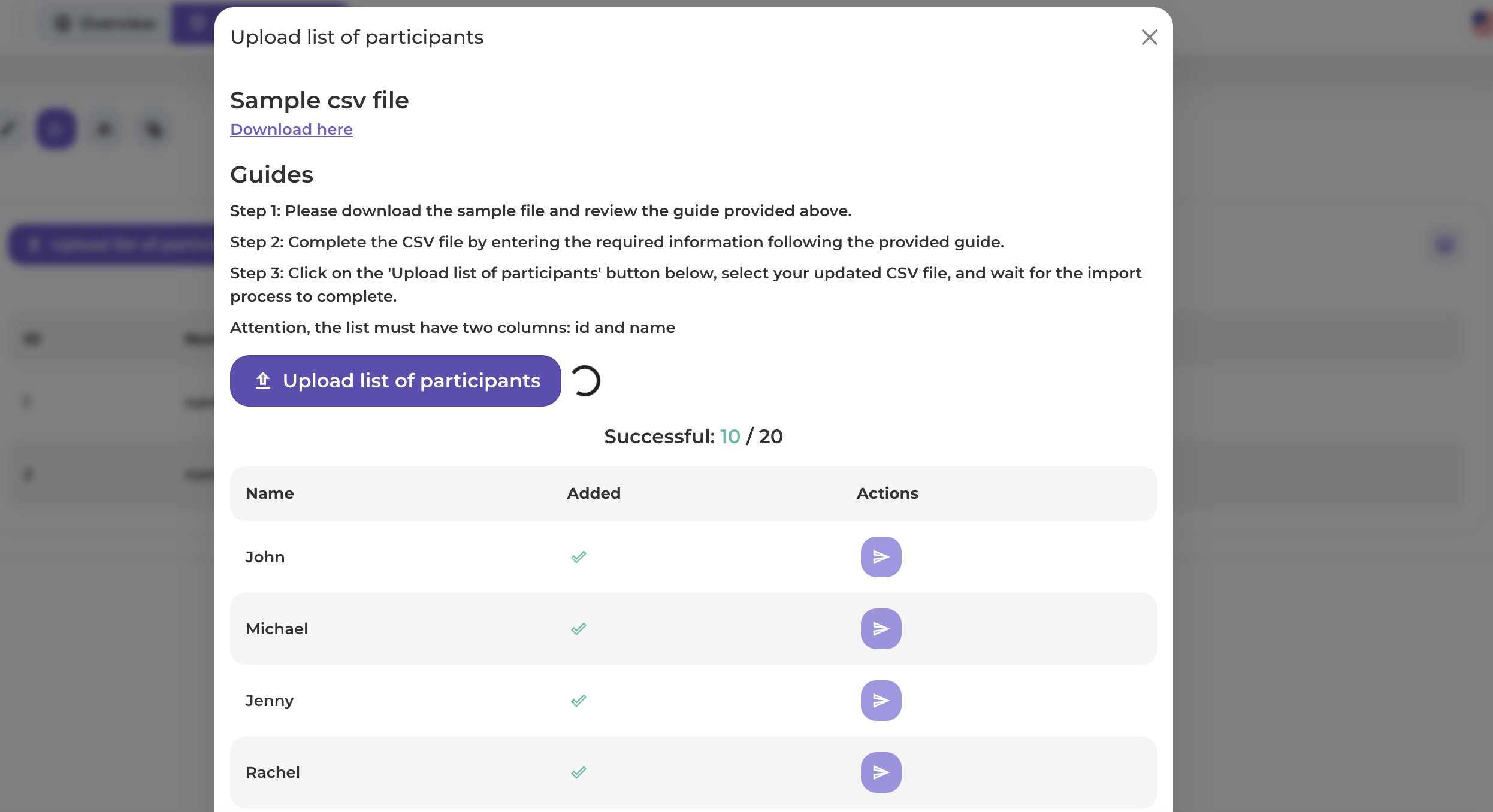
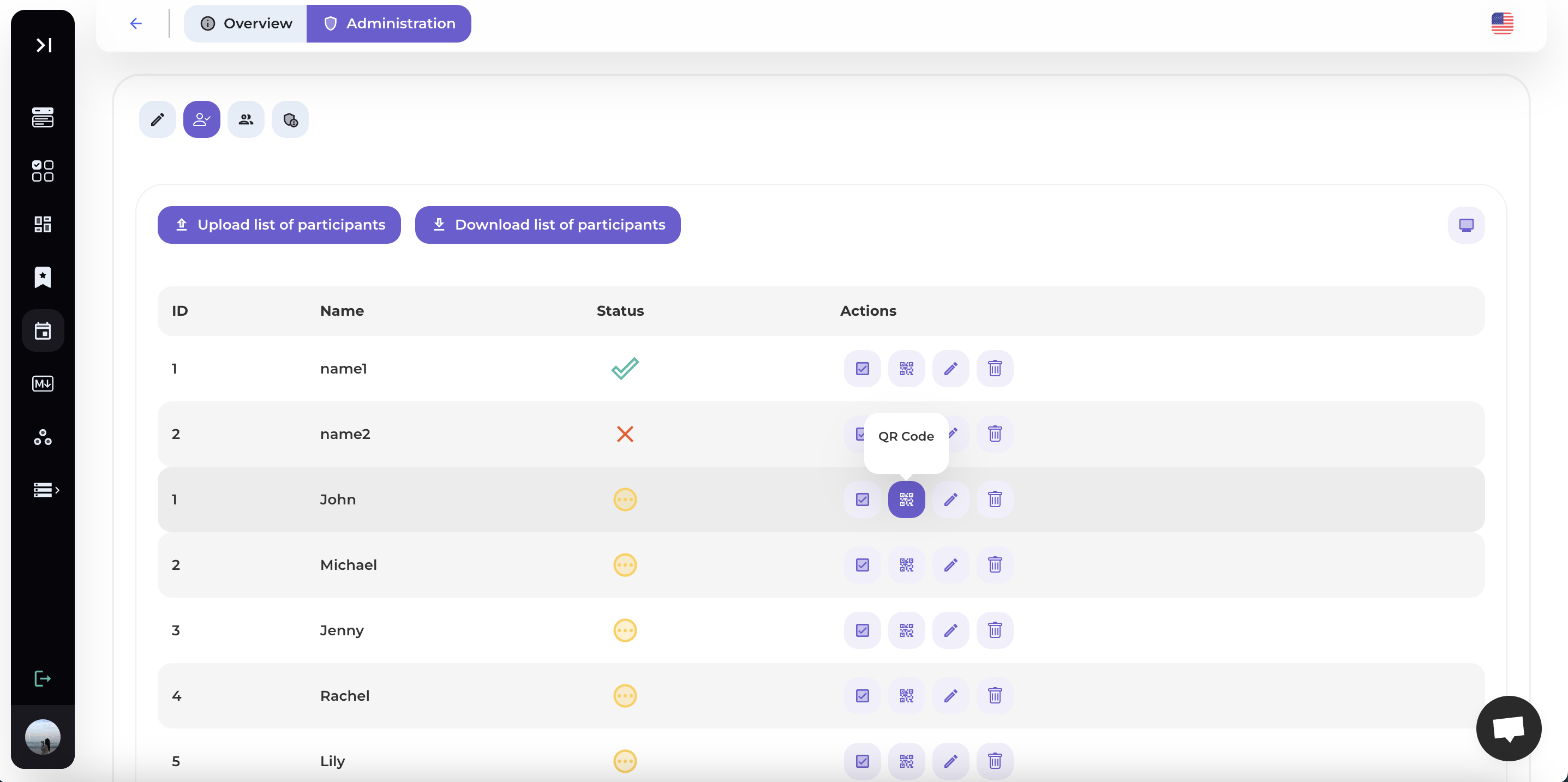
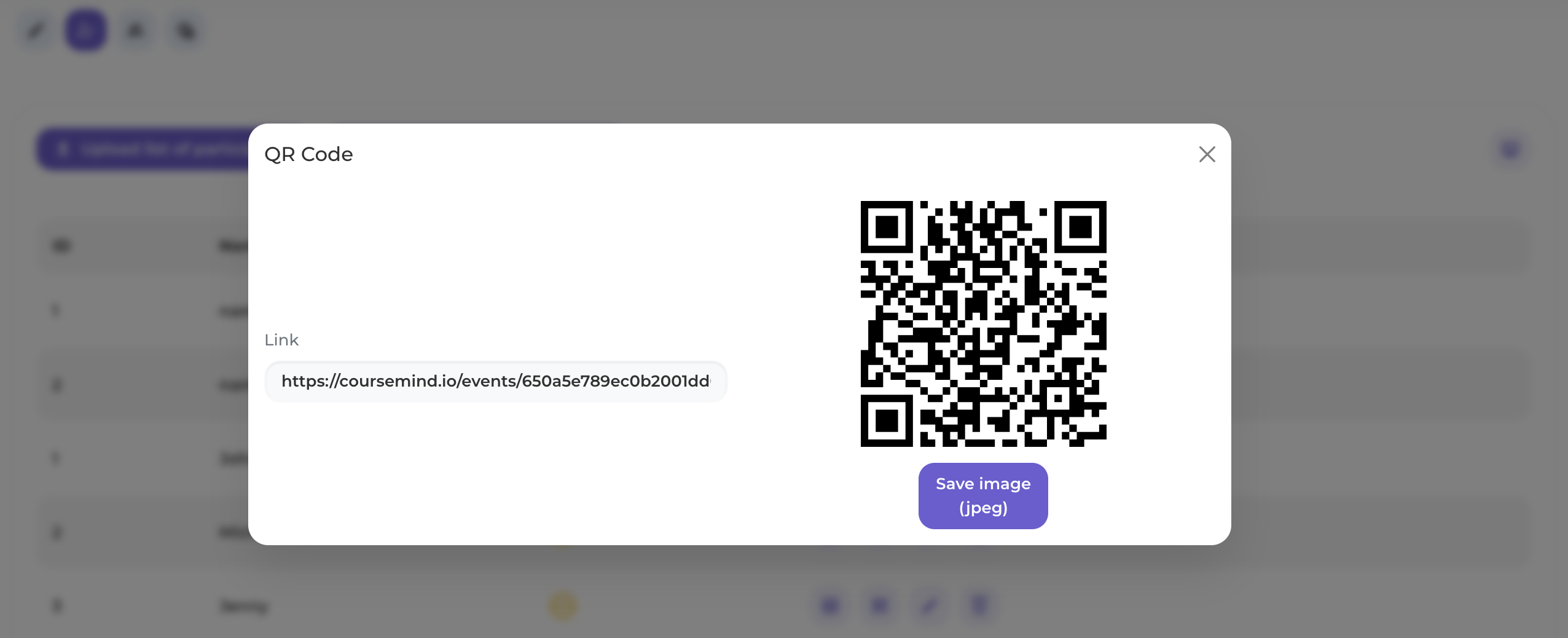
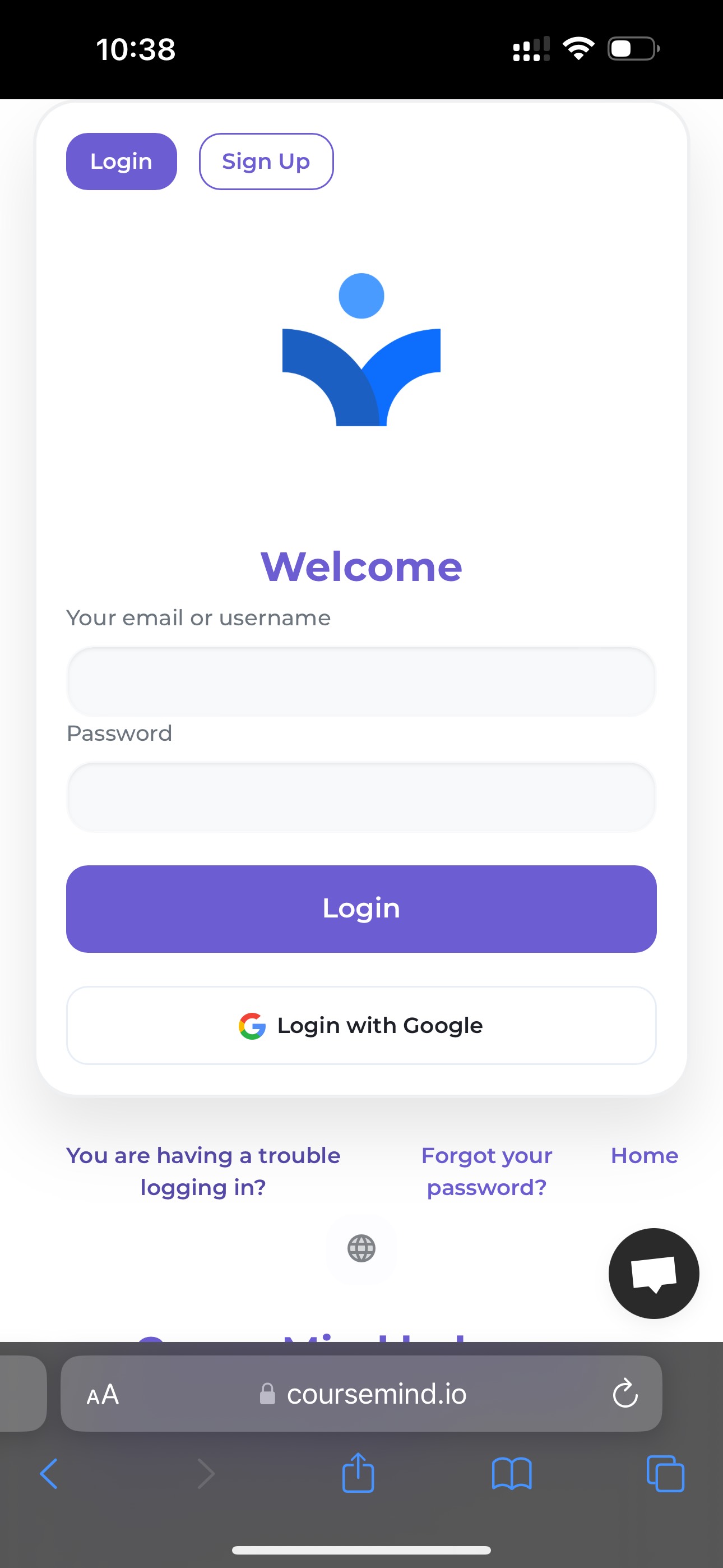
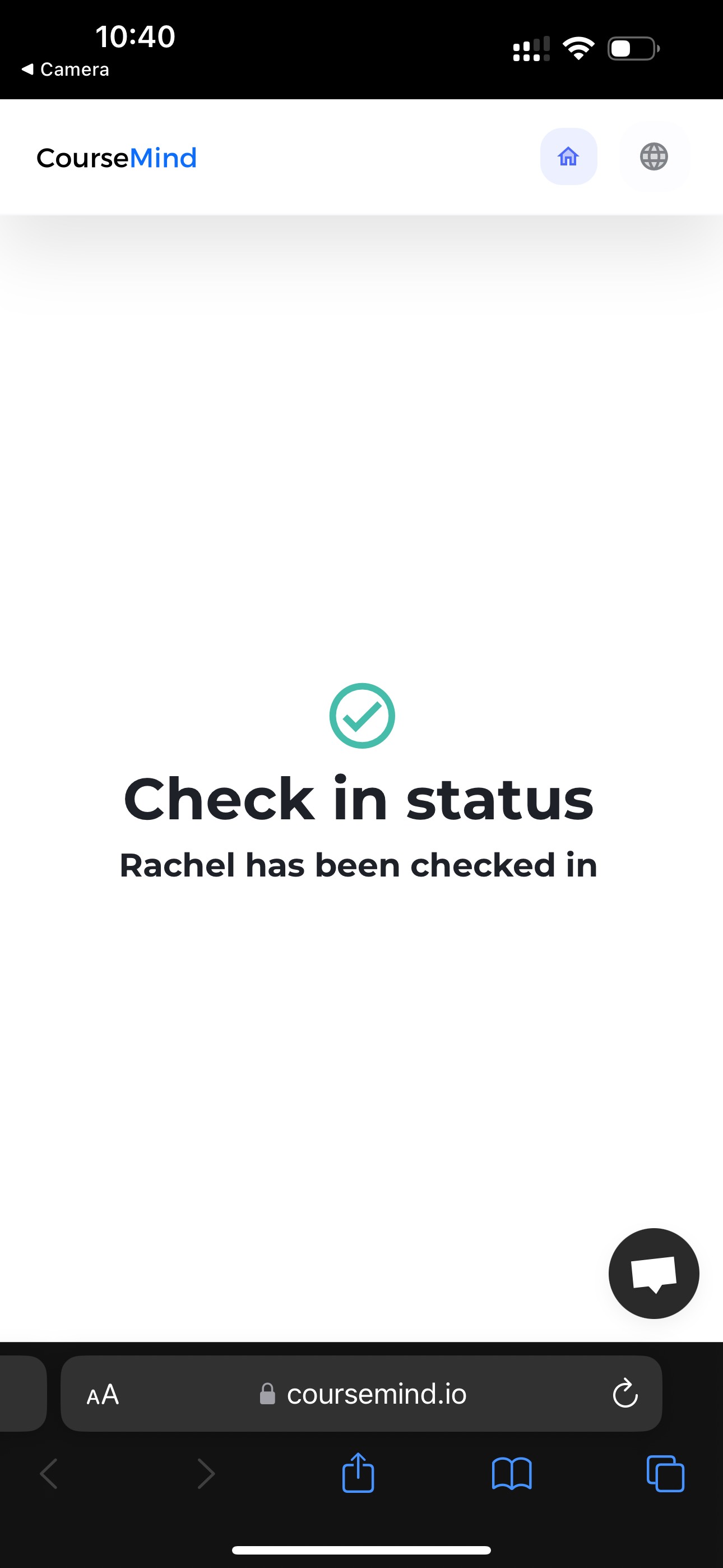
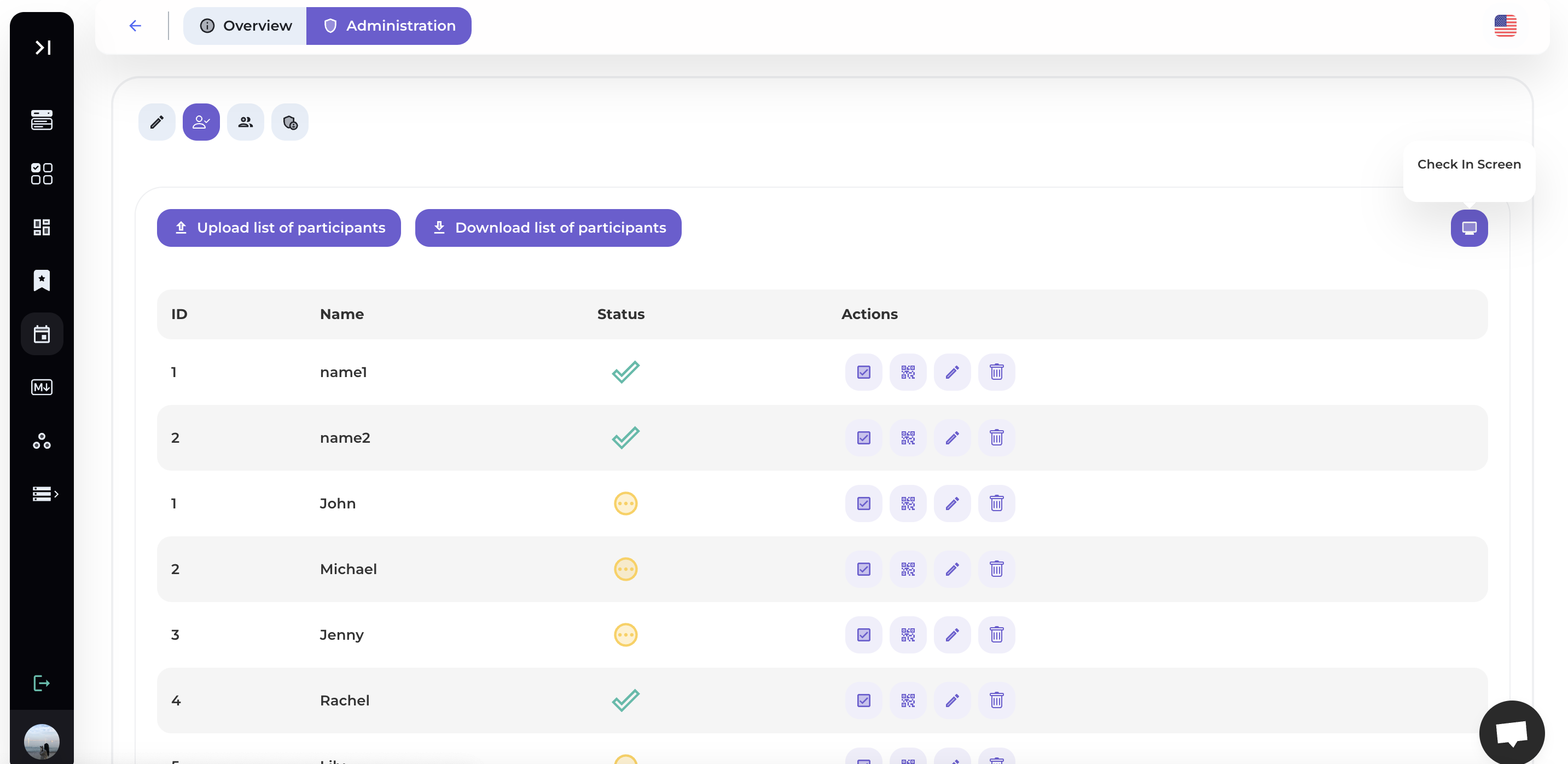

.png)
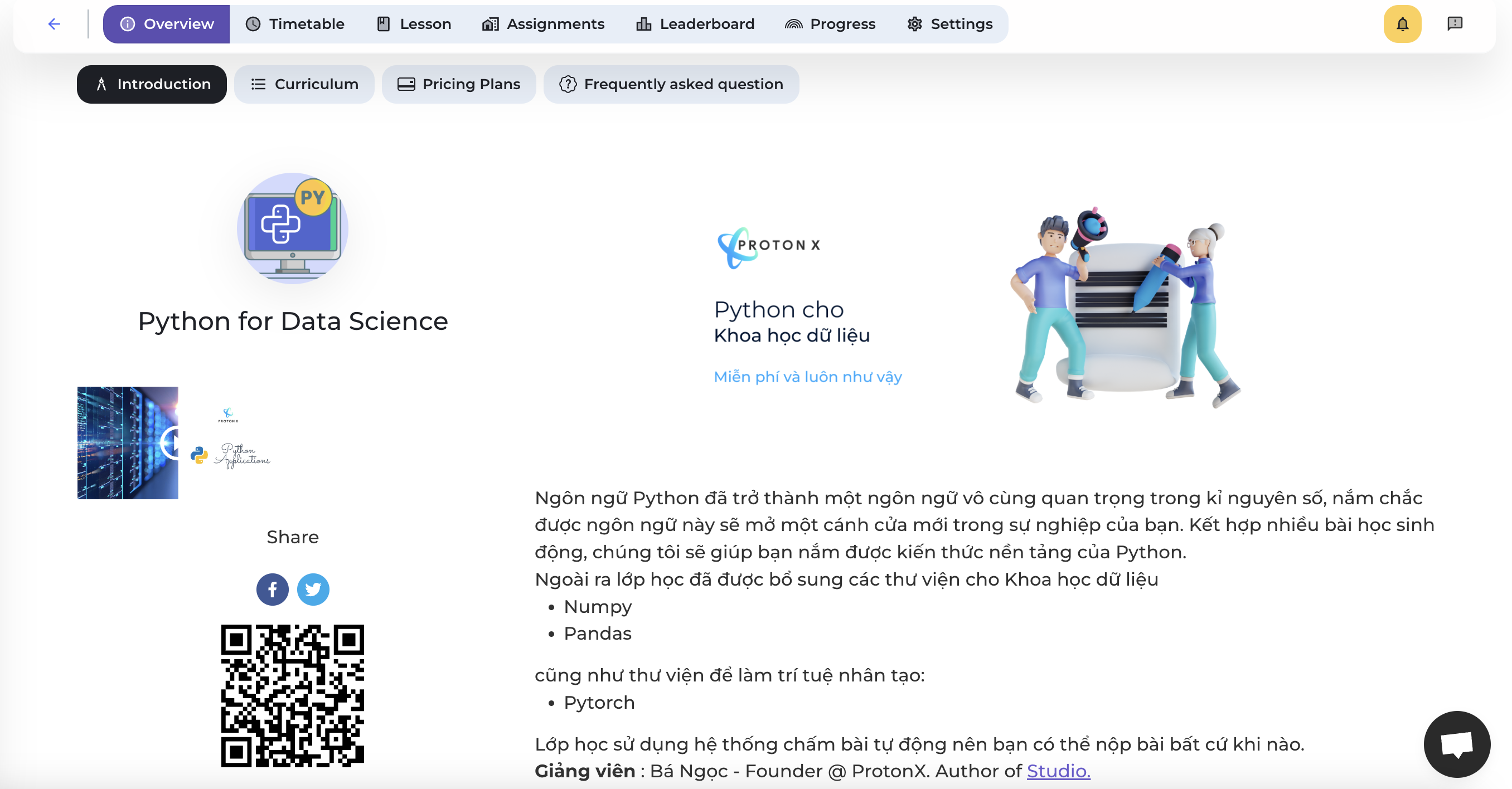
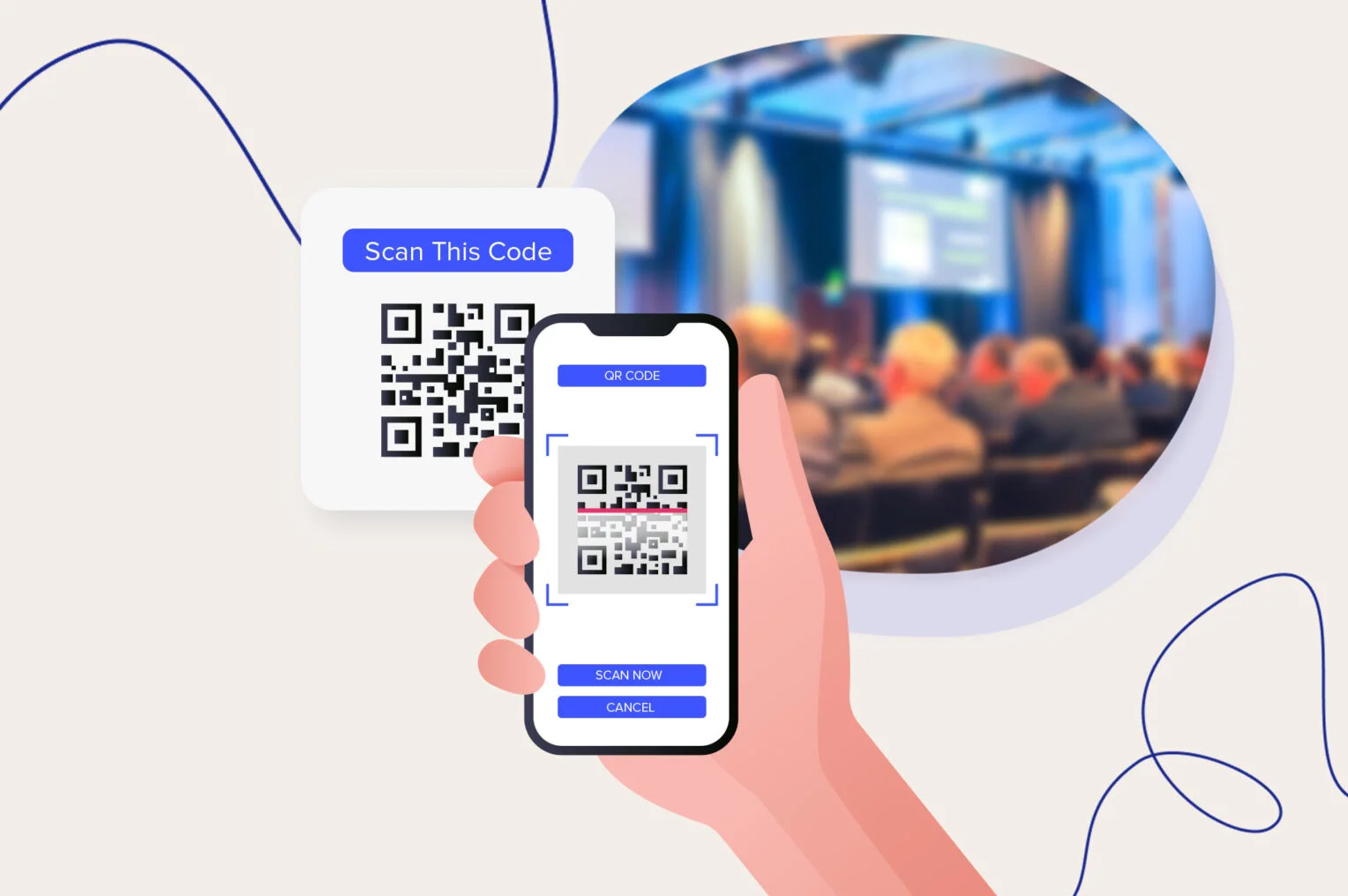

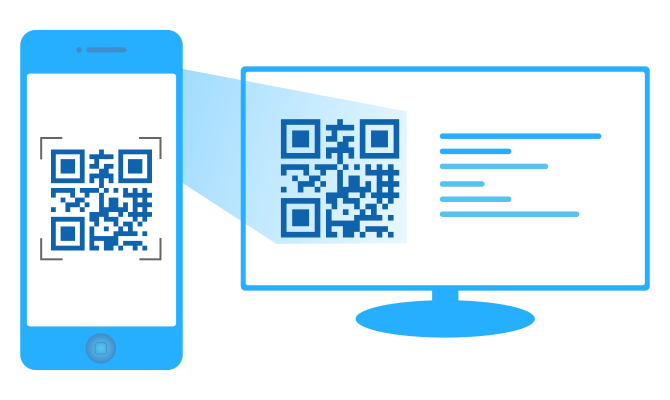
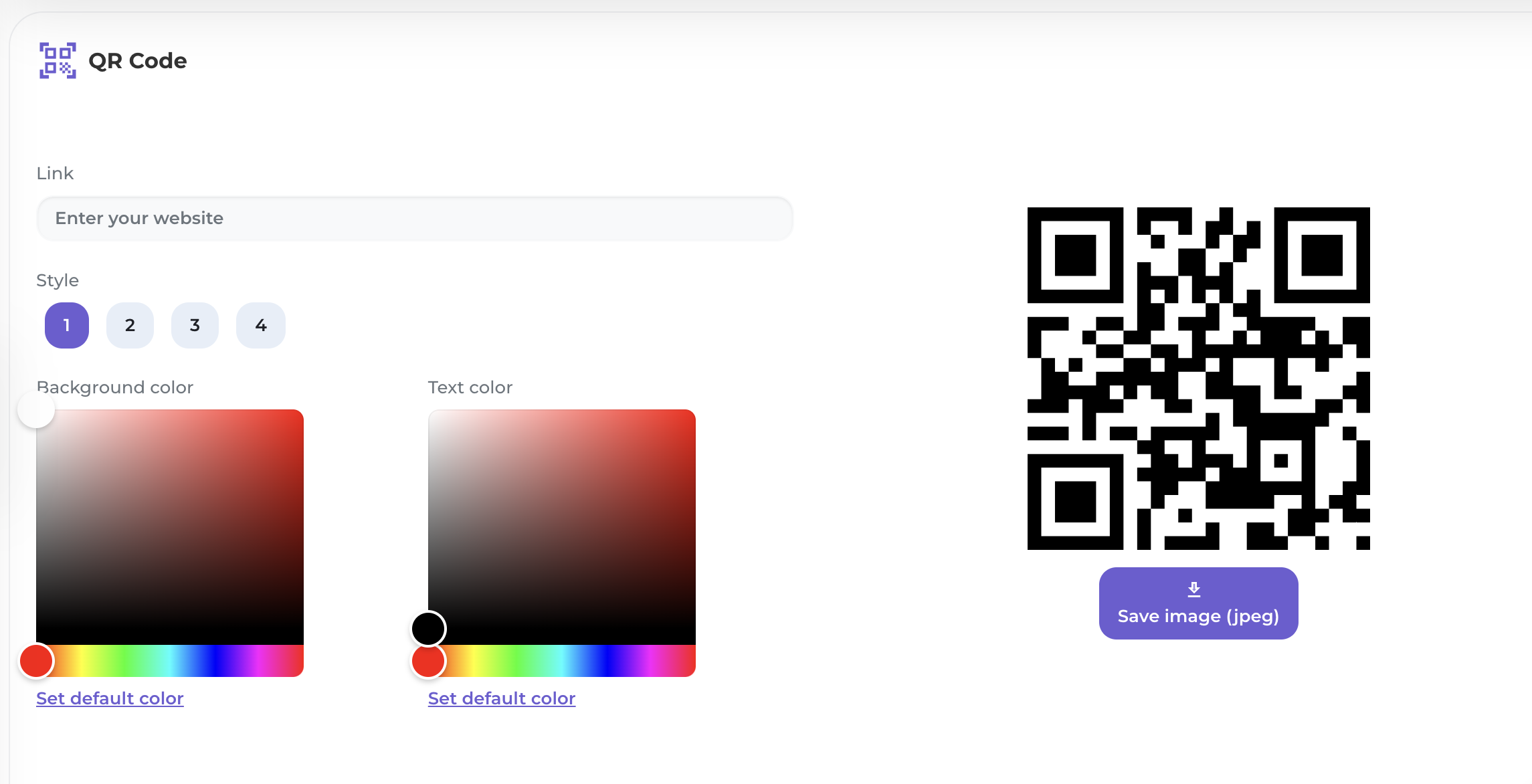
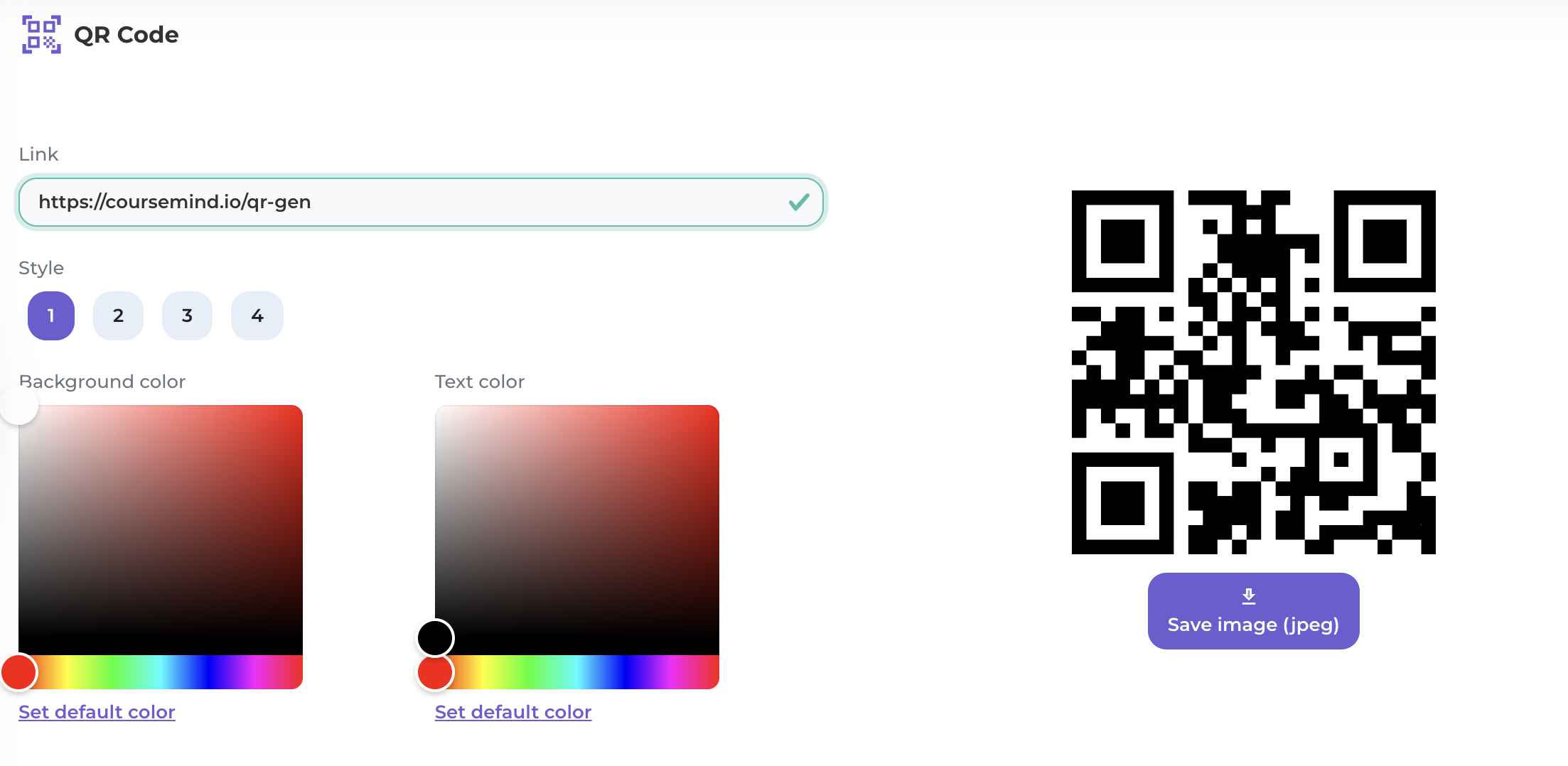
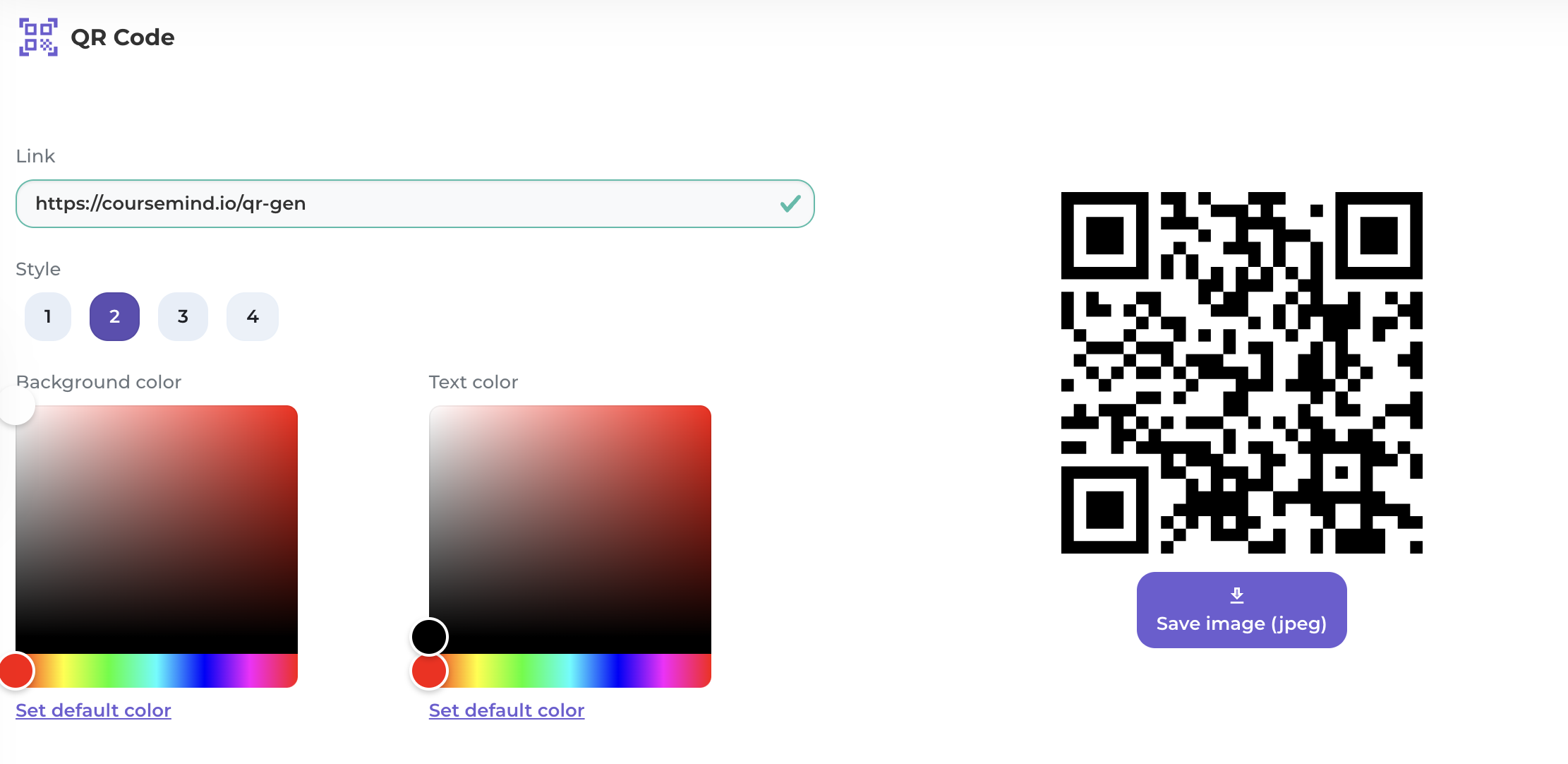
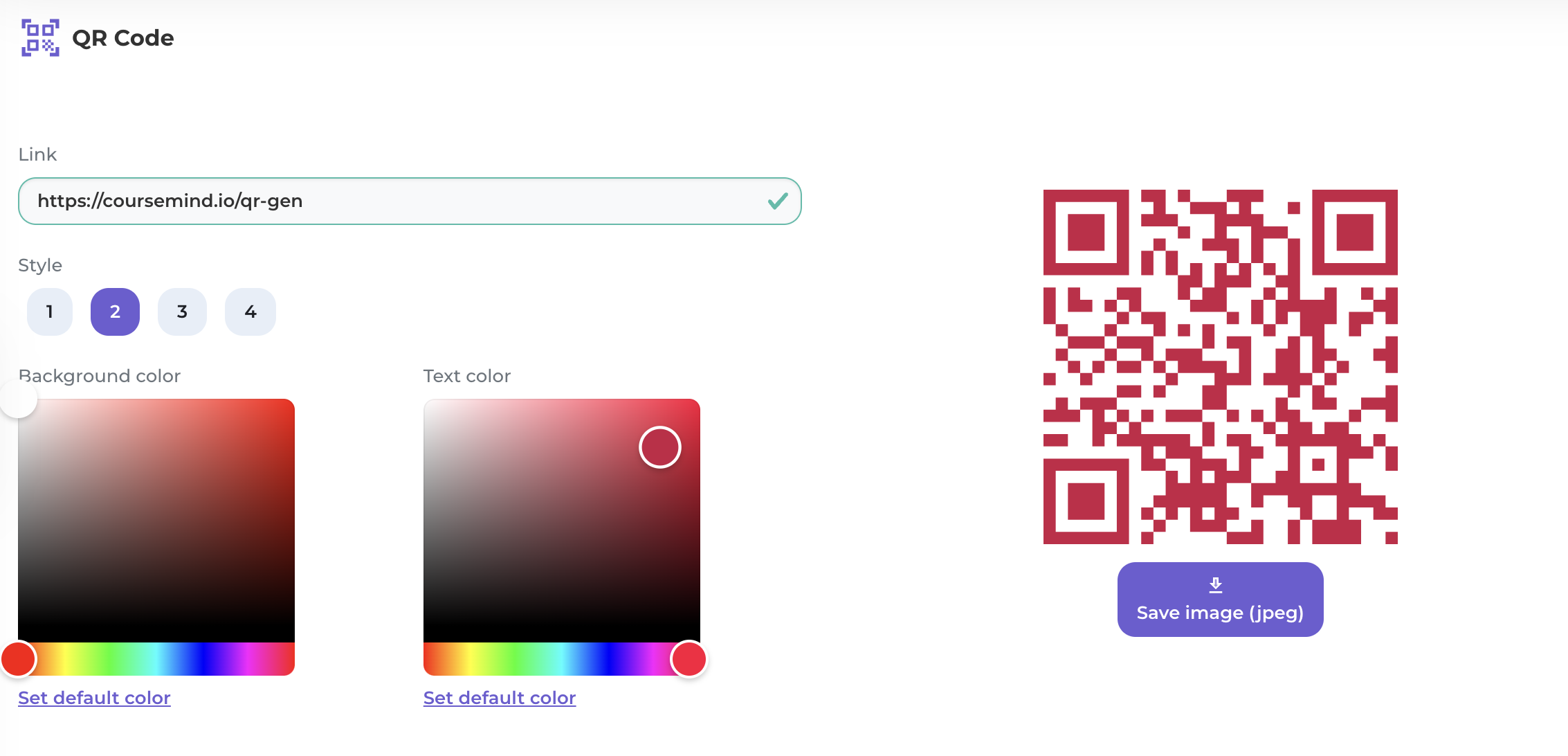
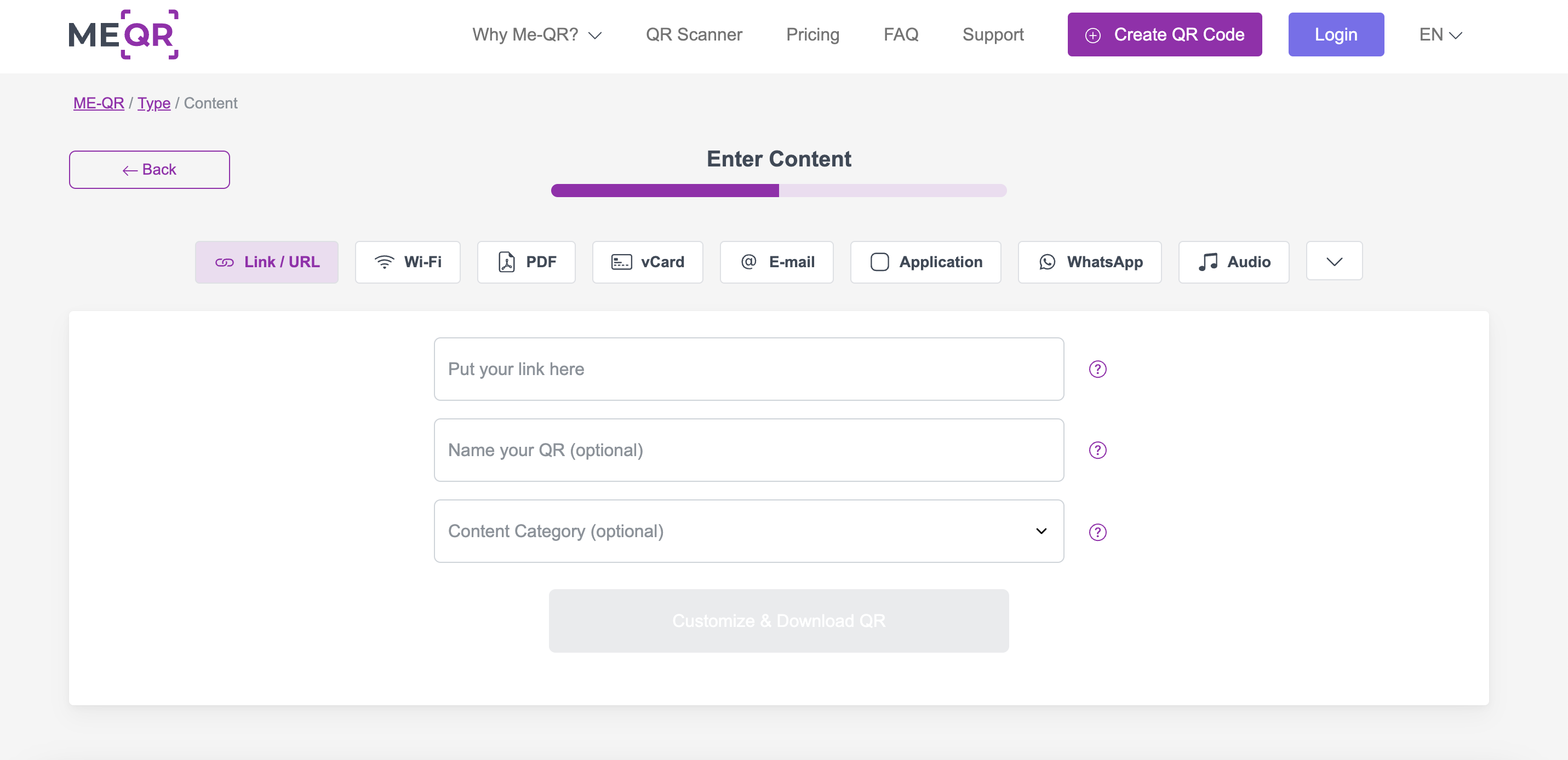
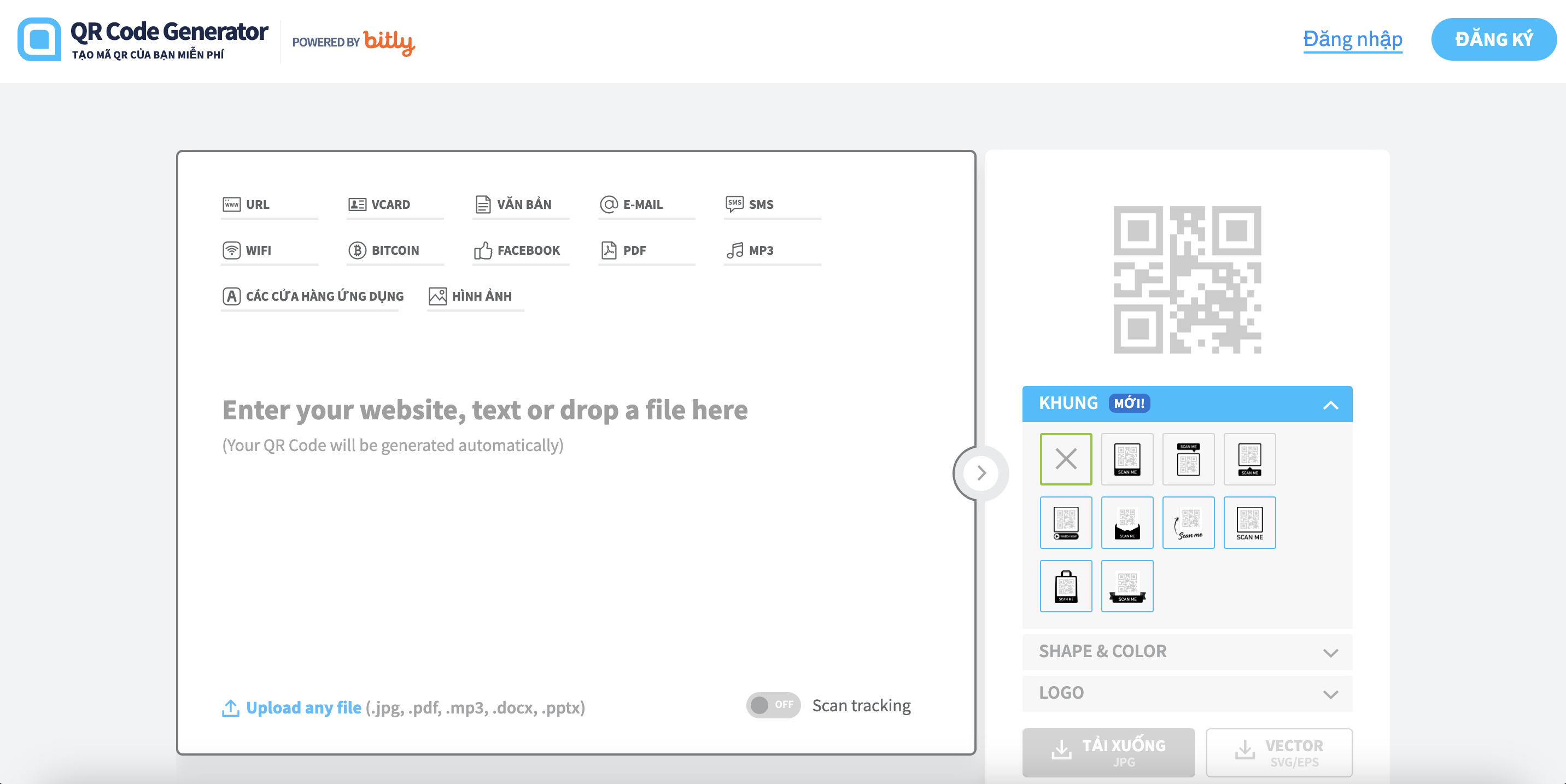
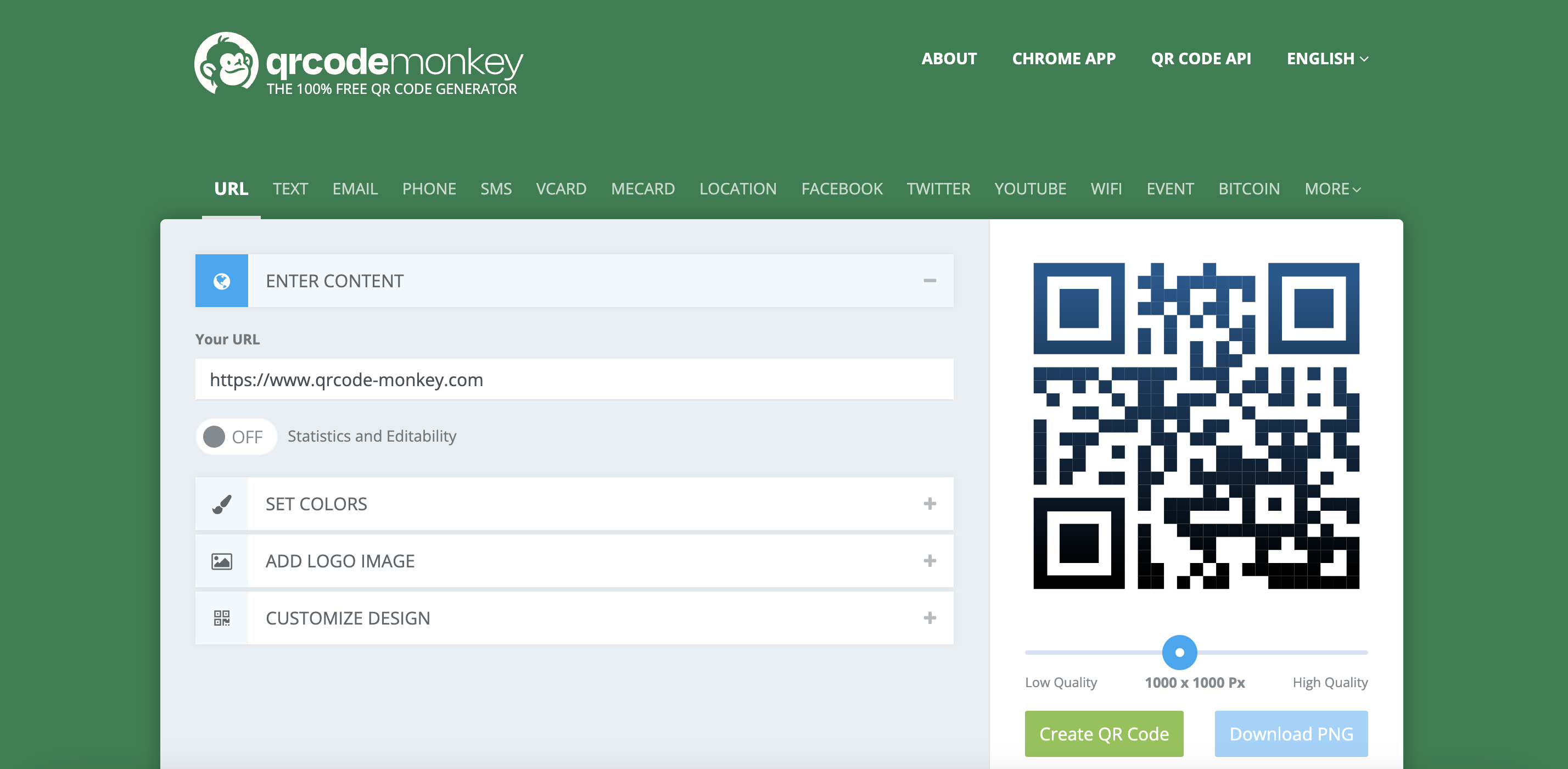
.png)
